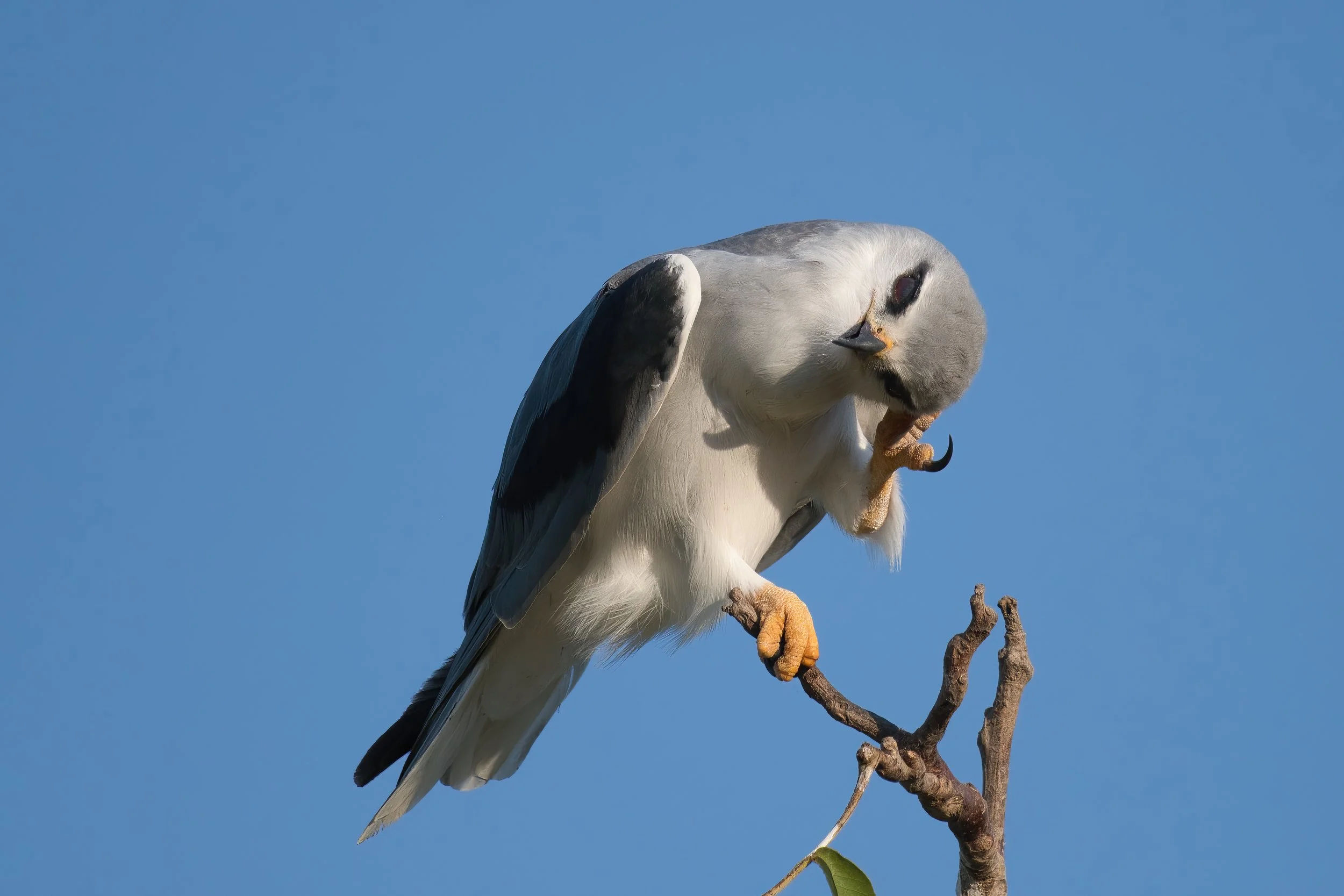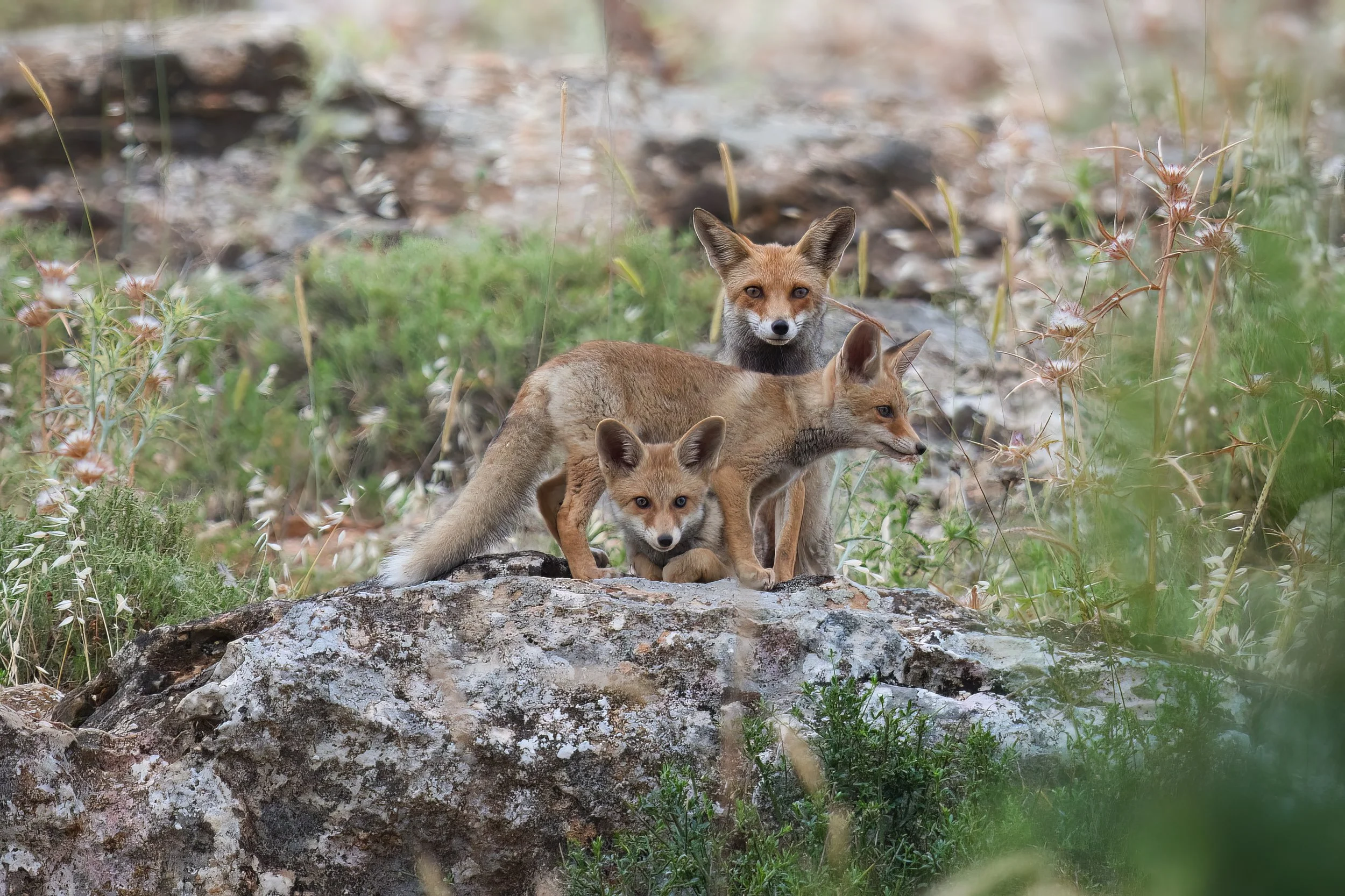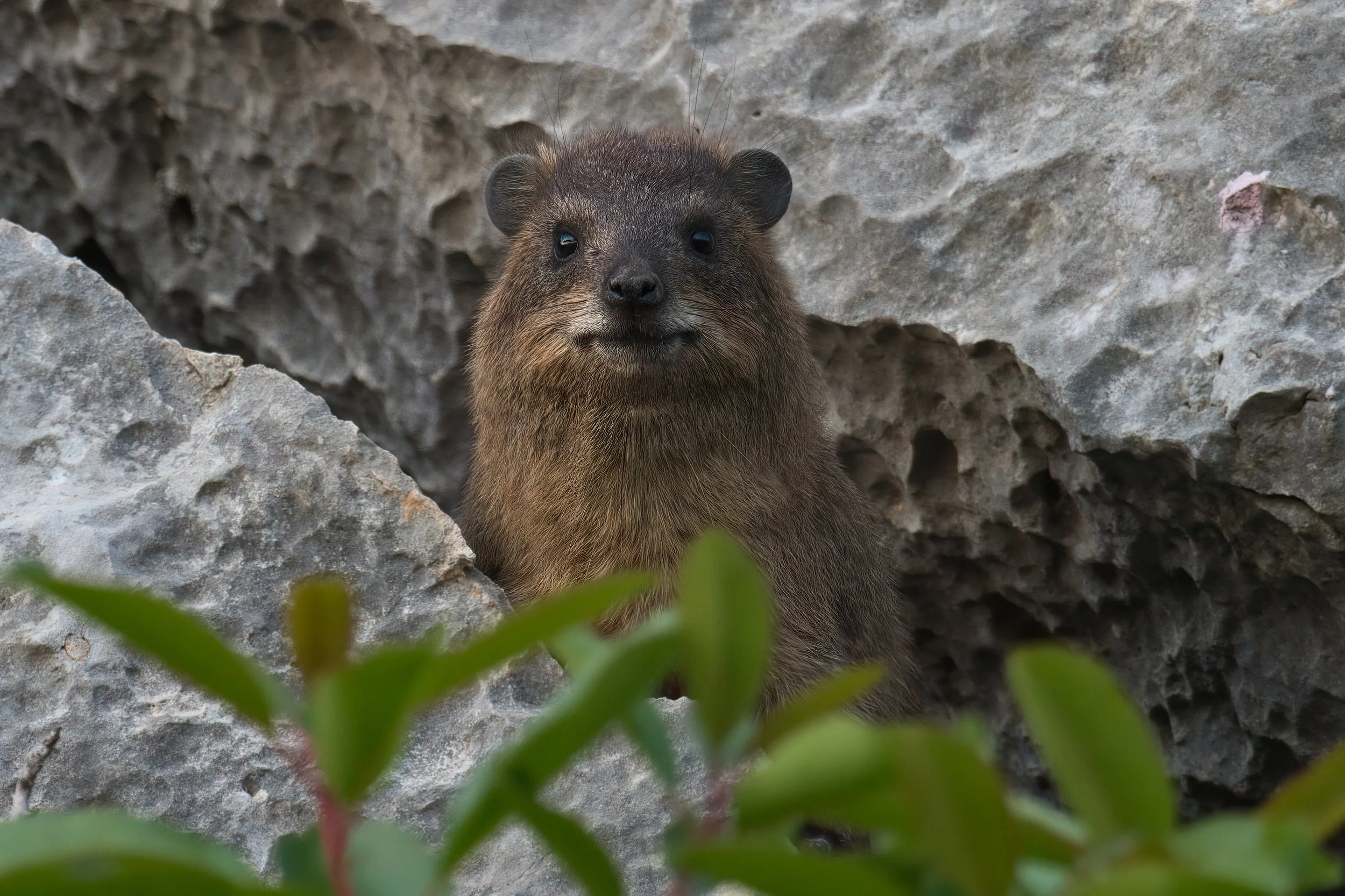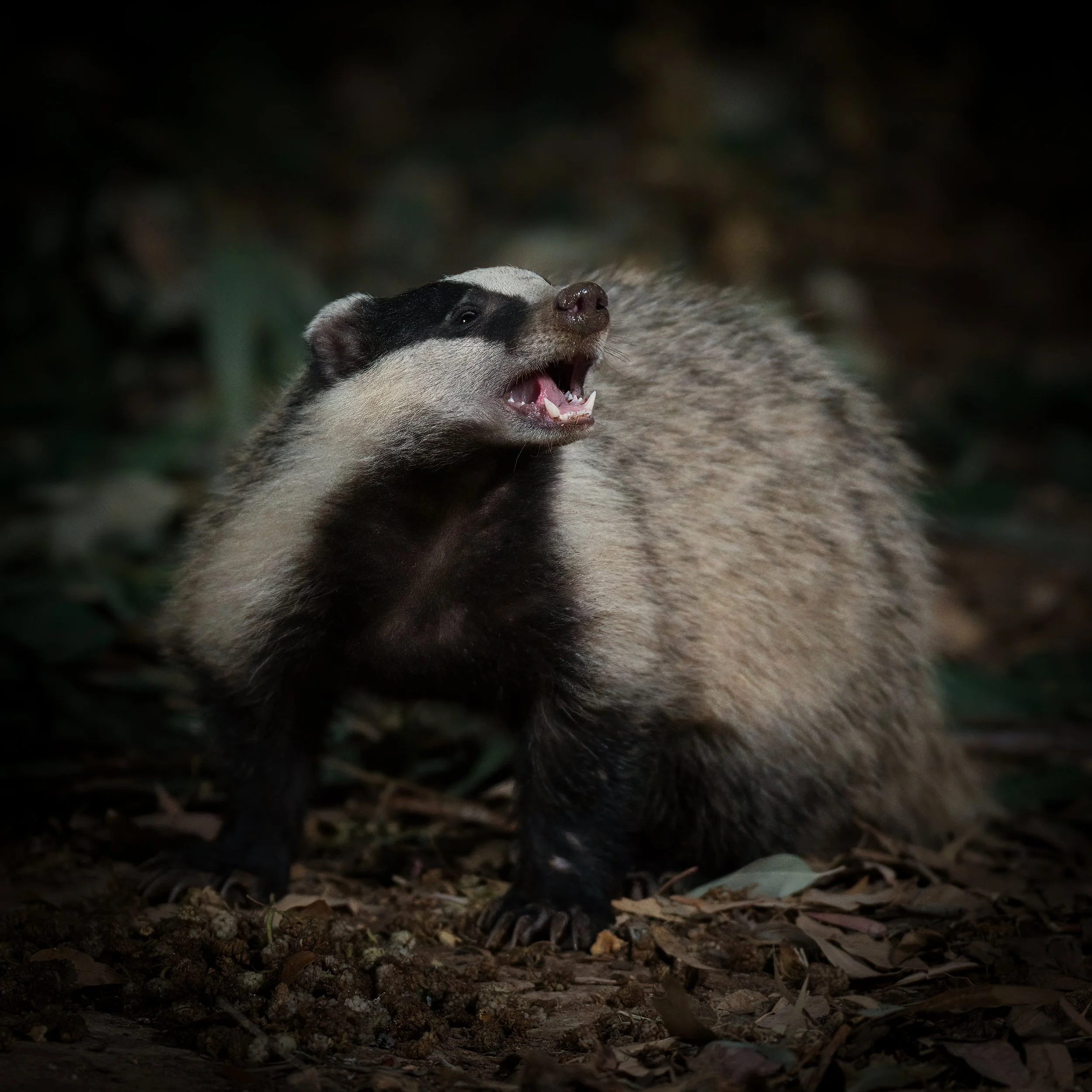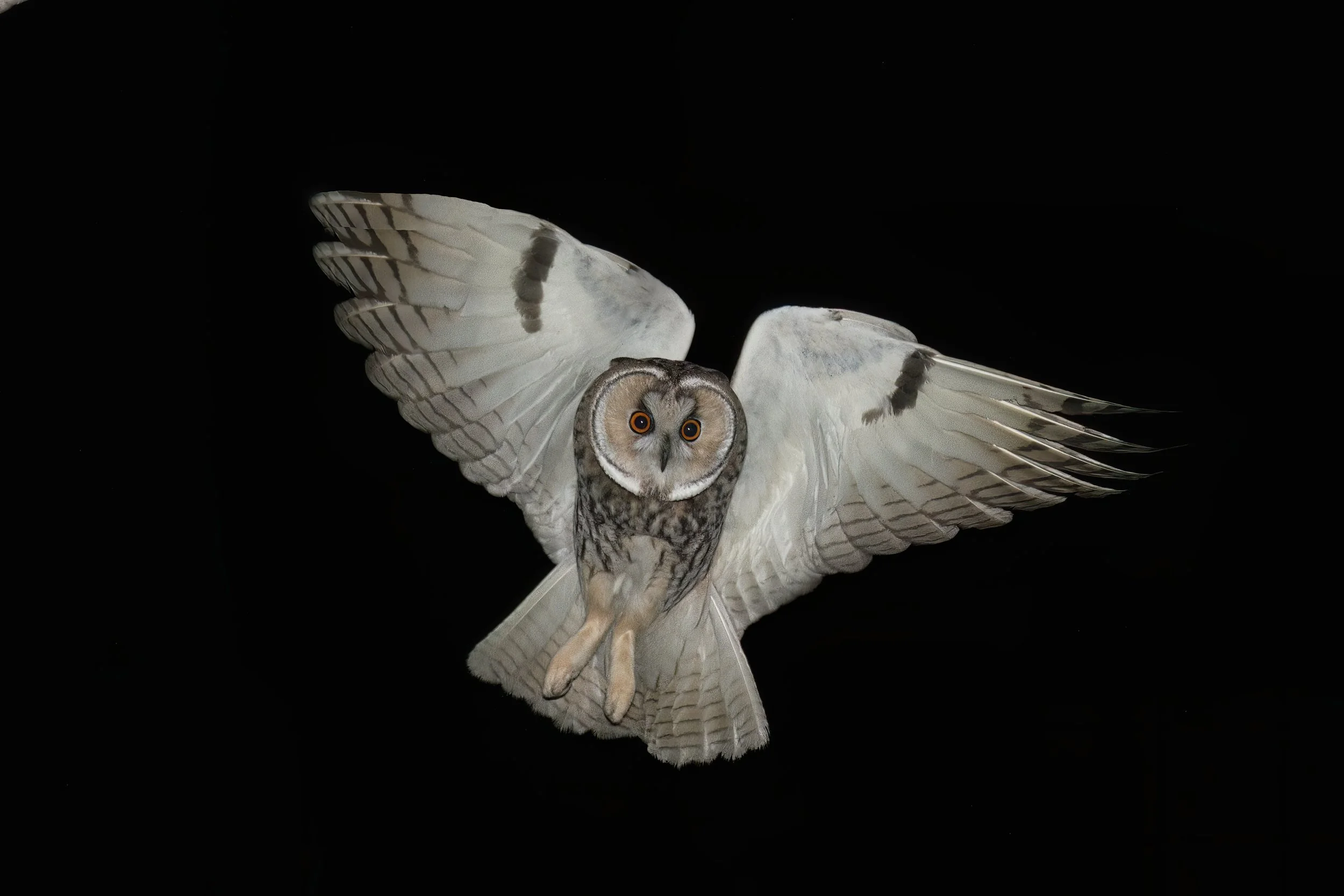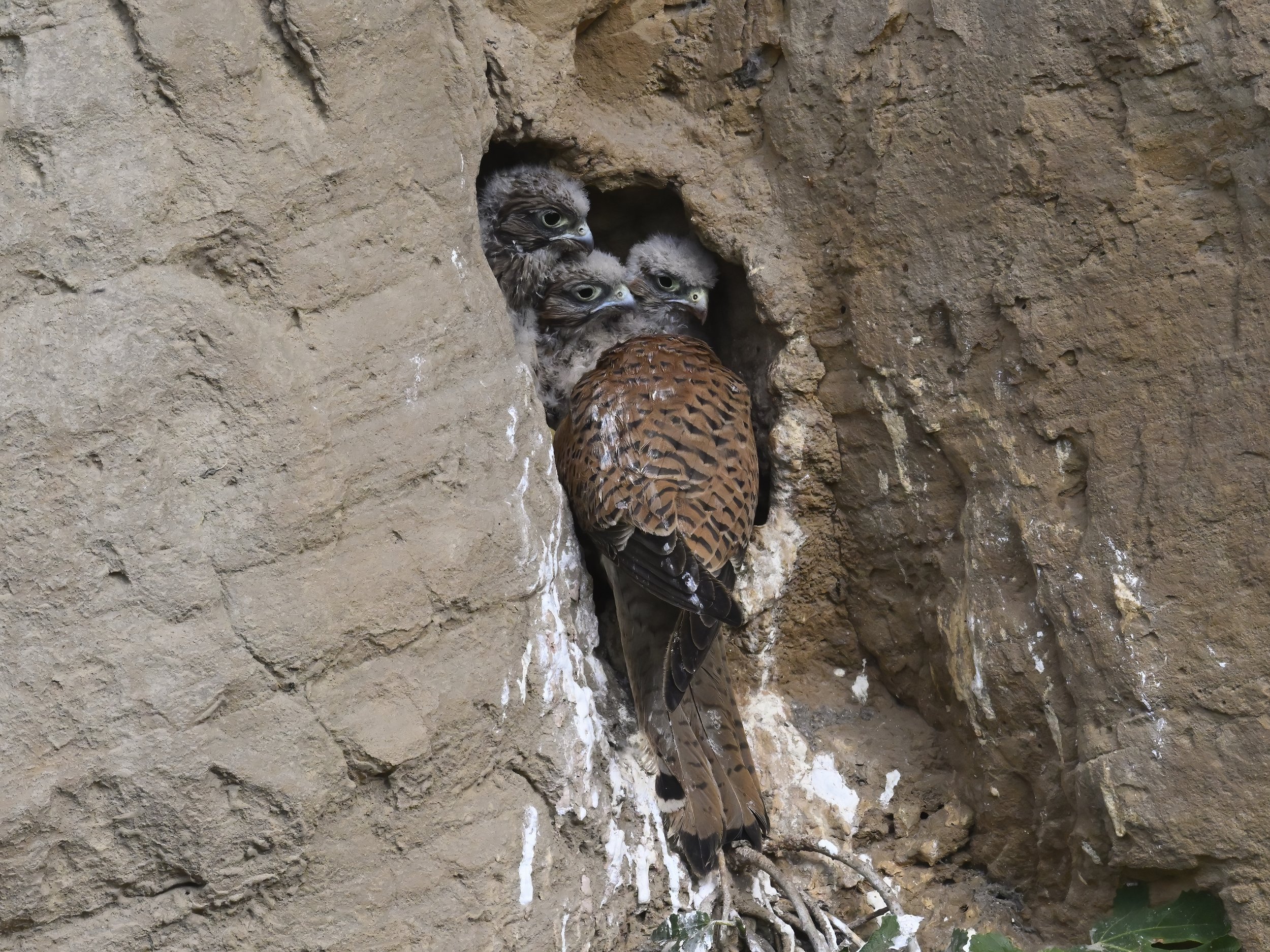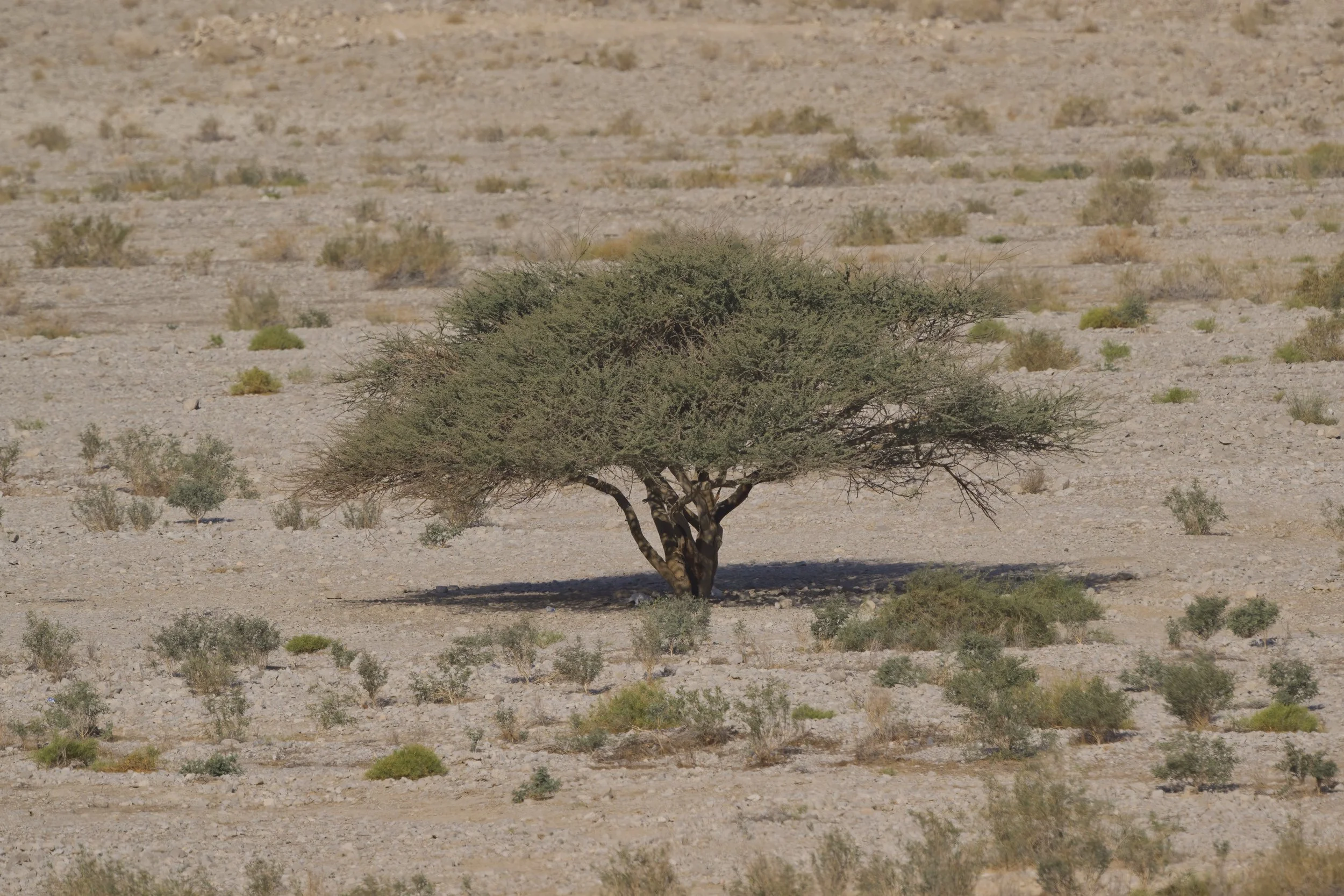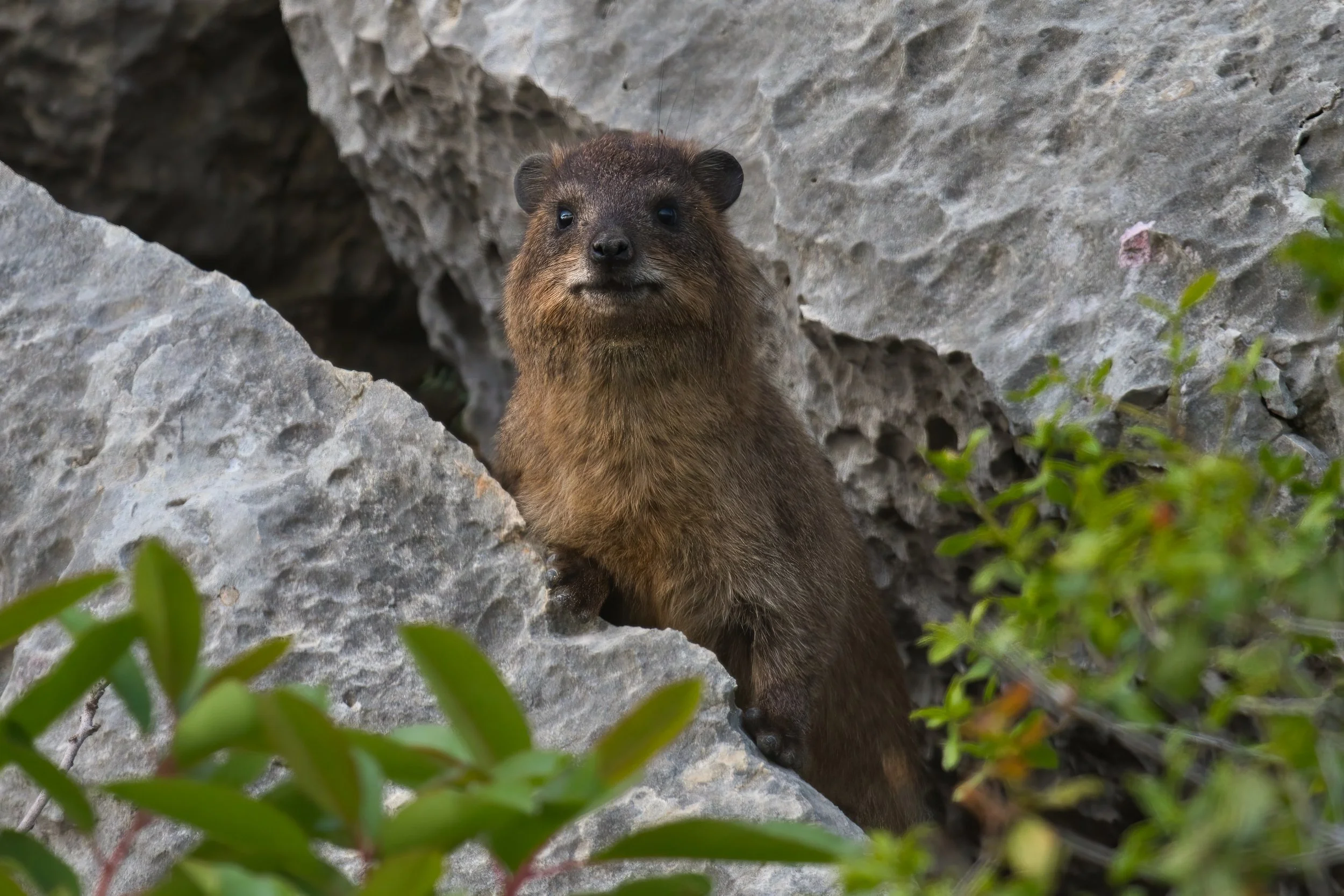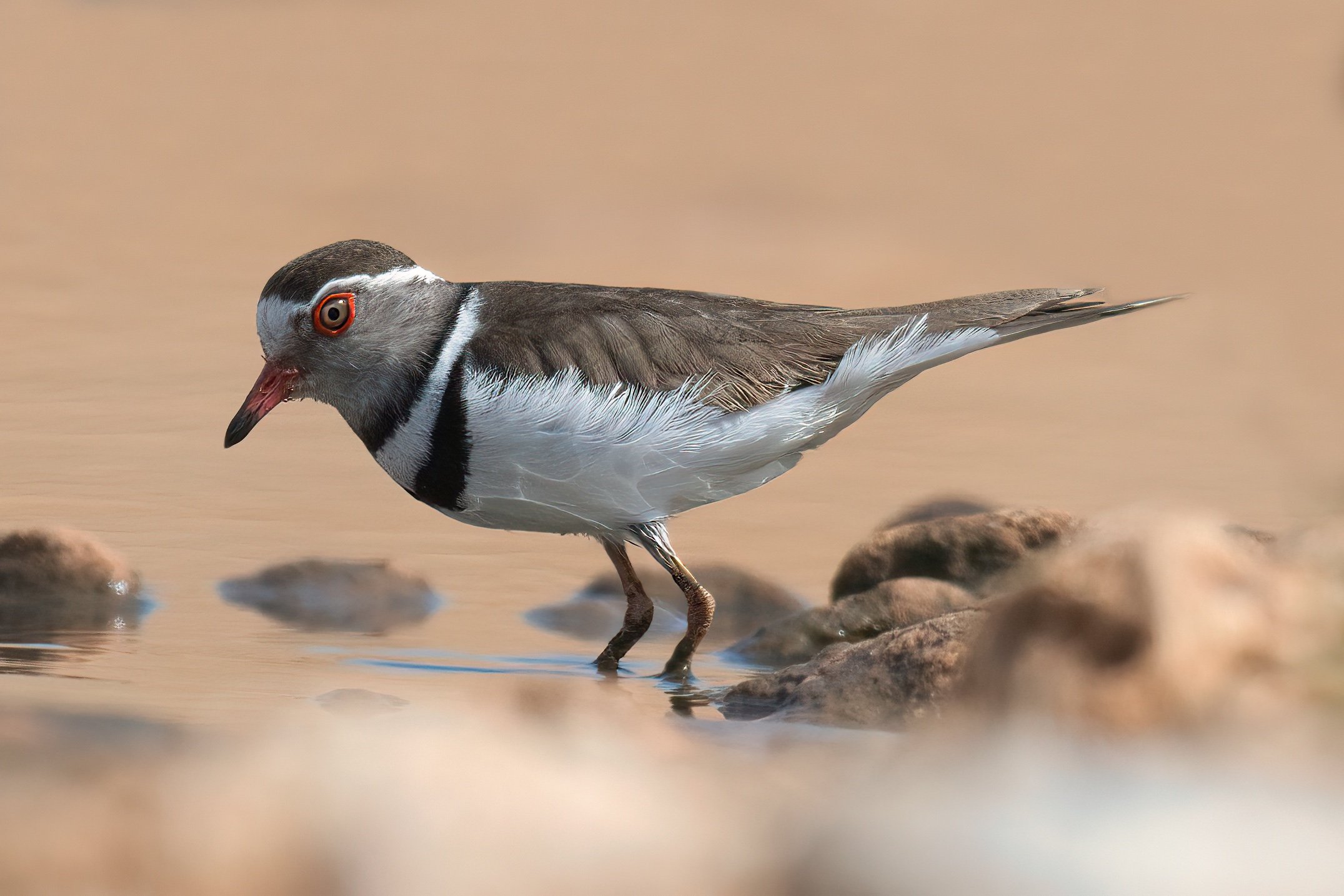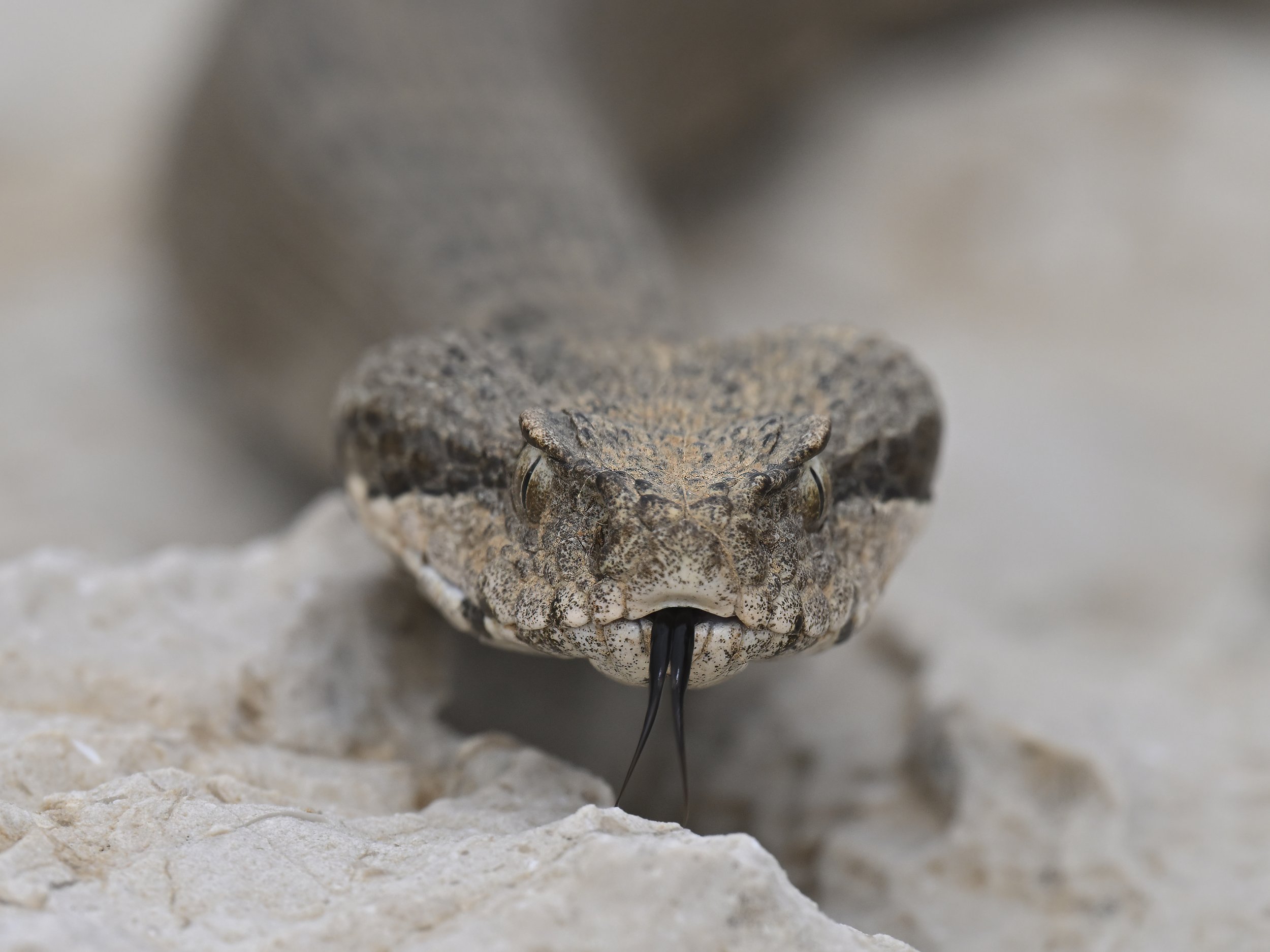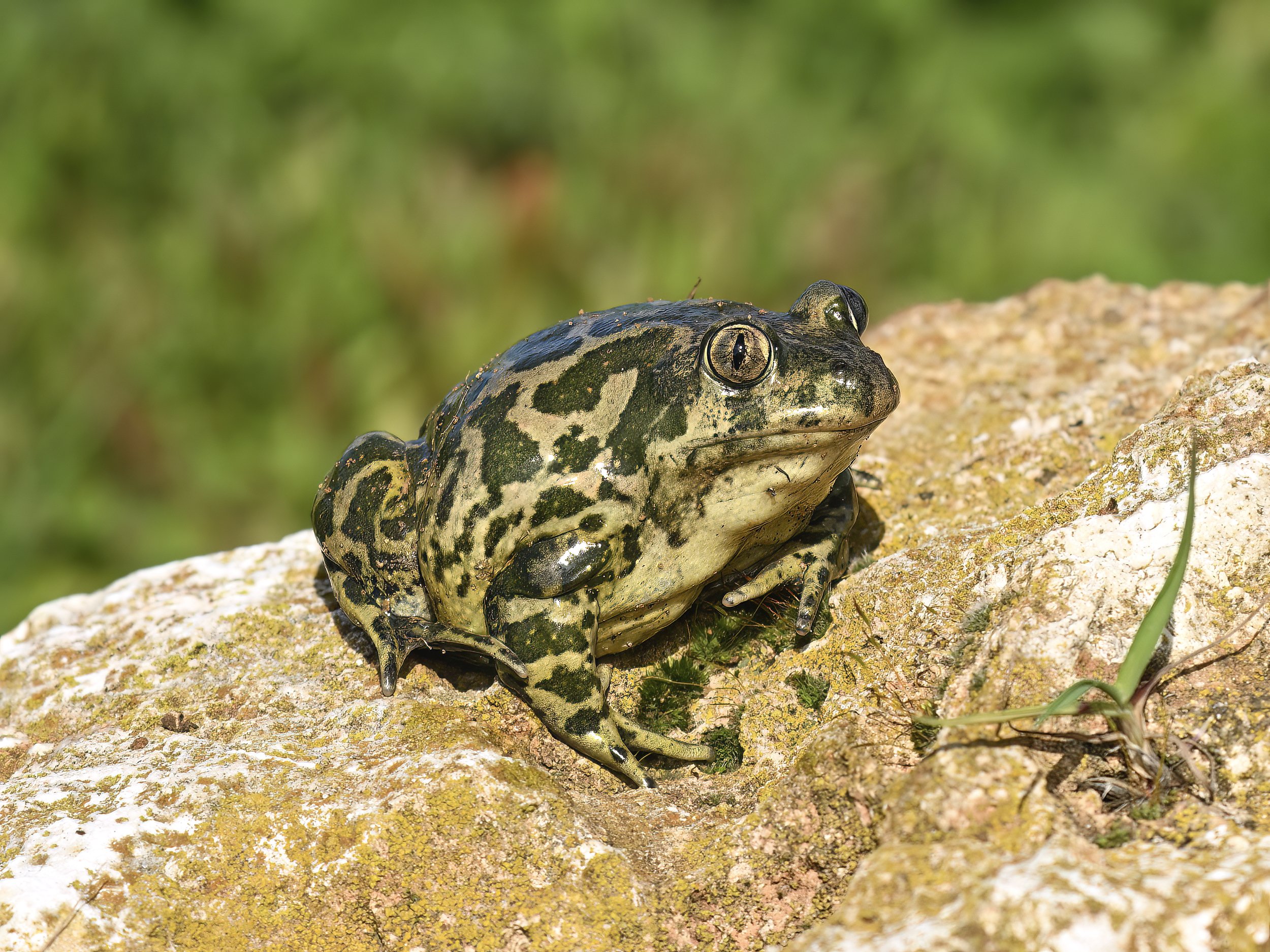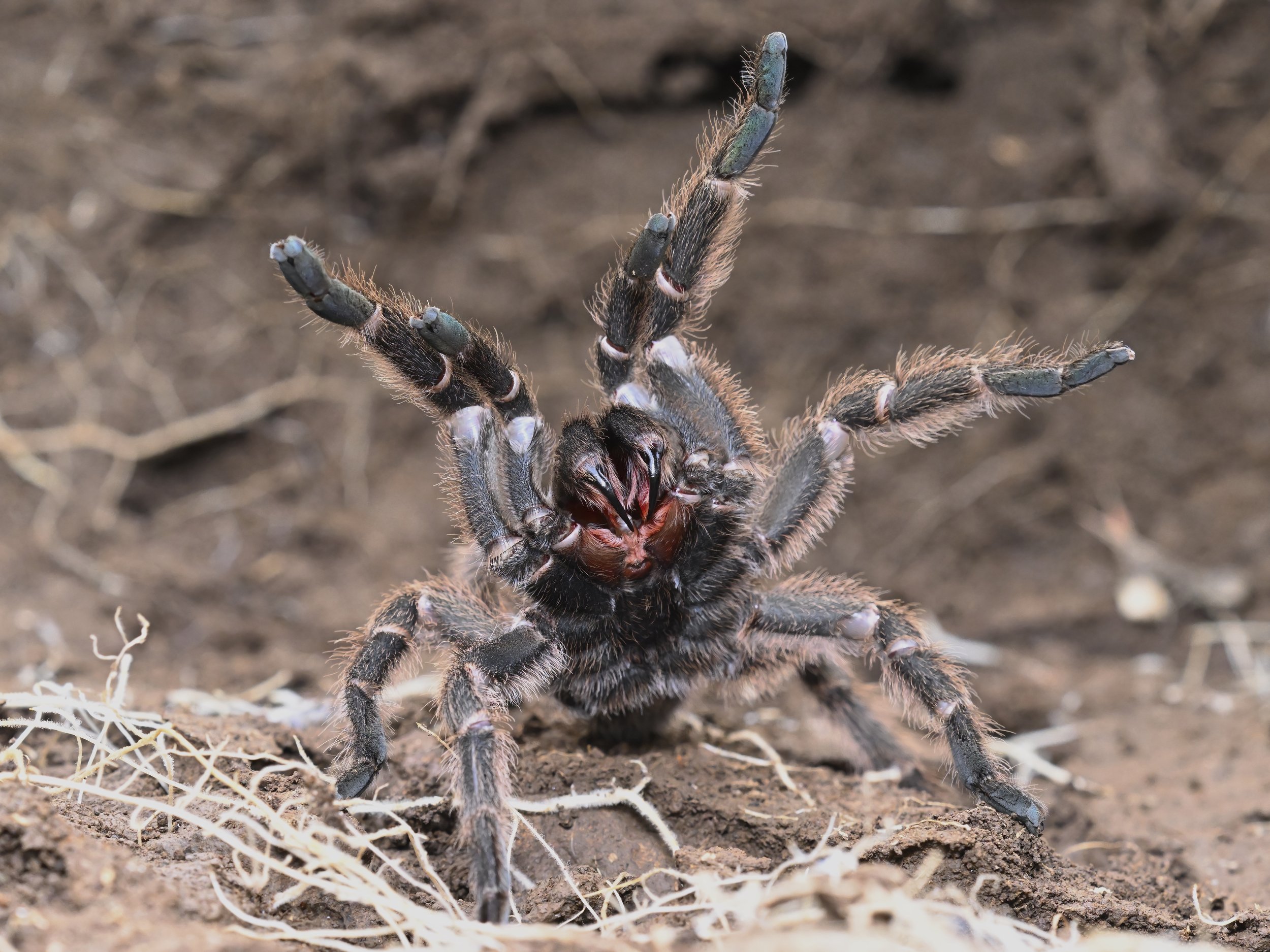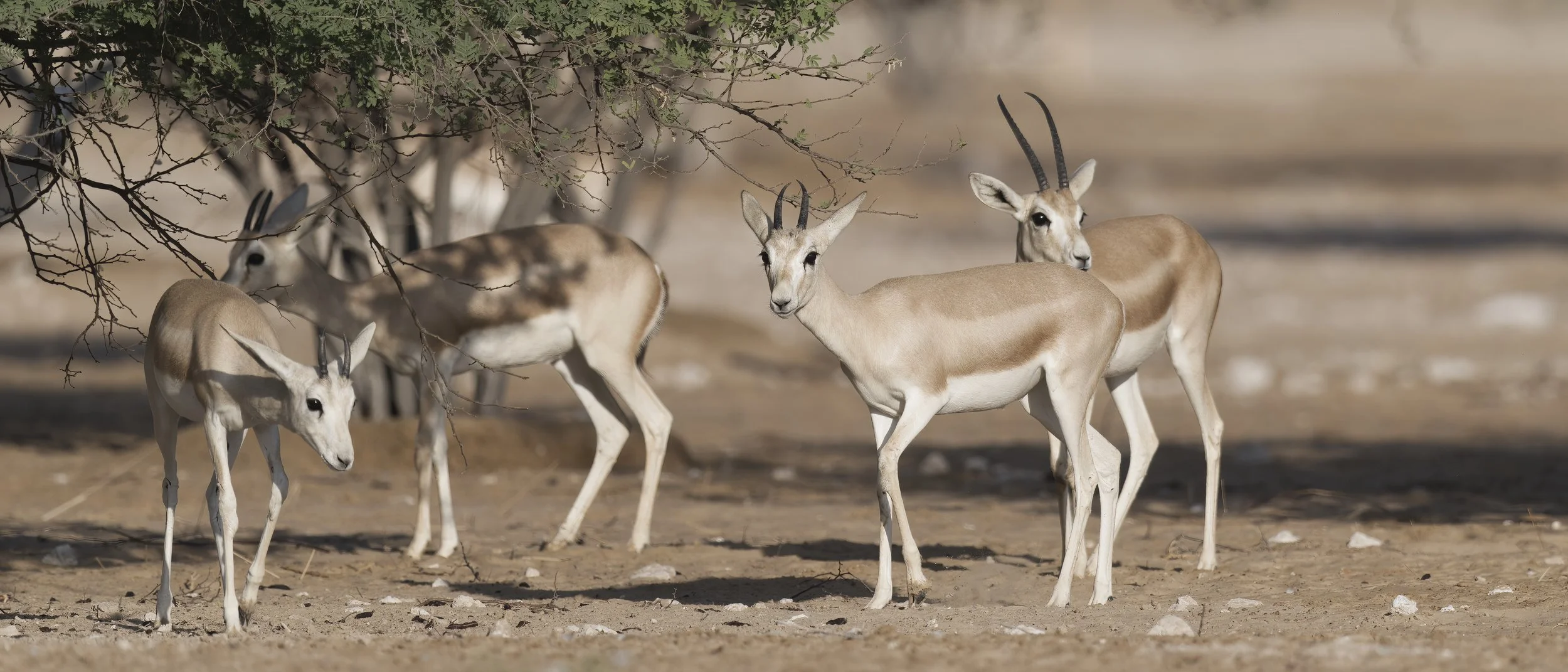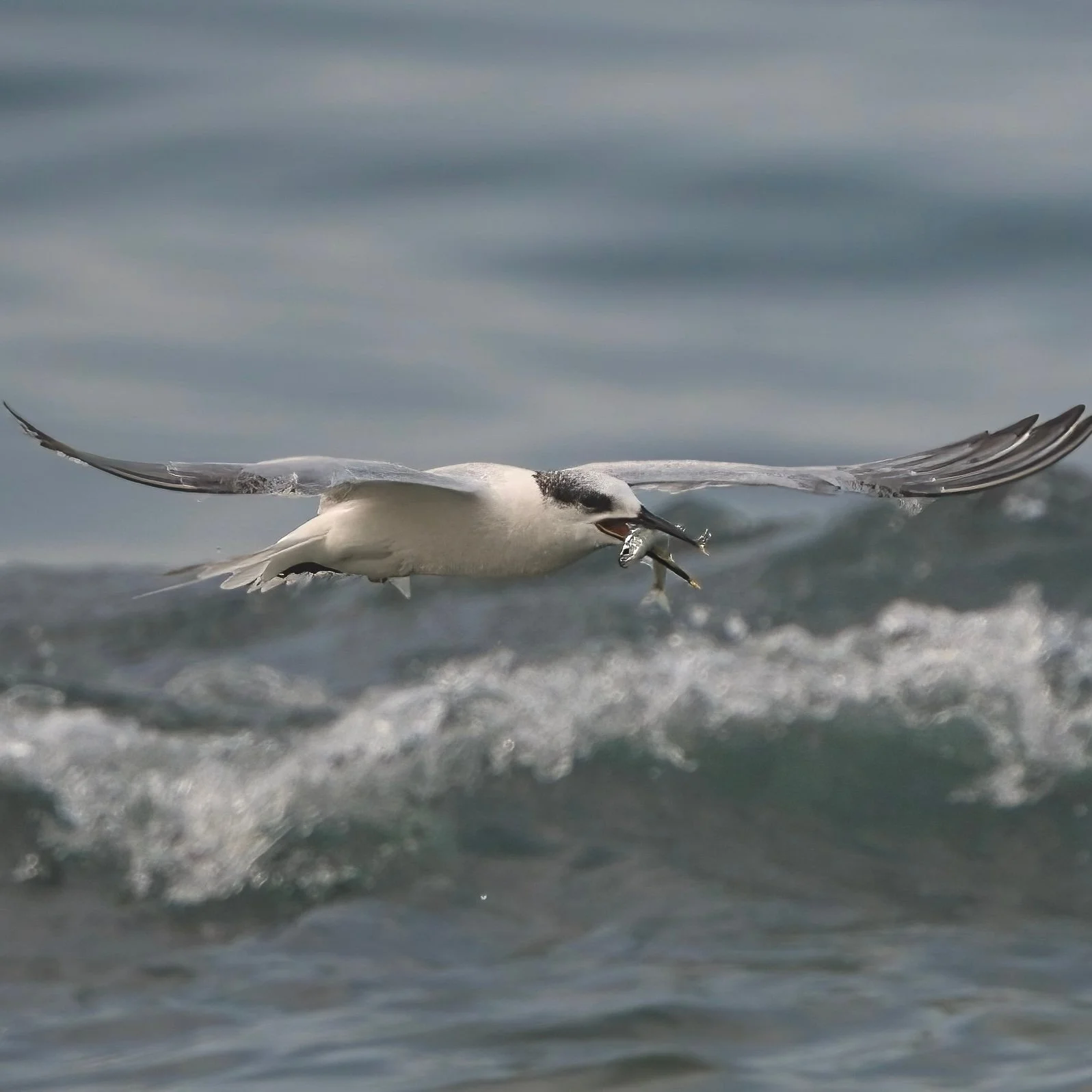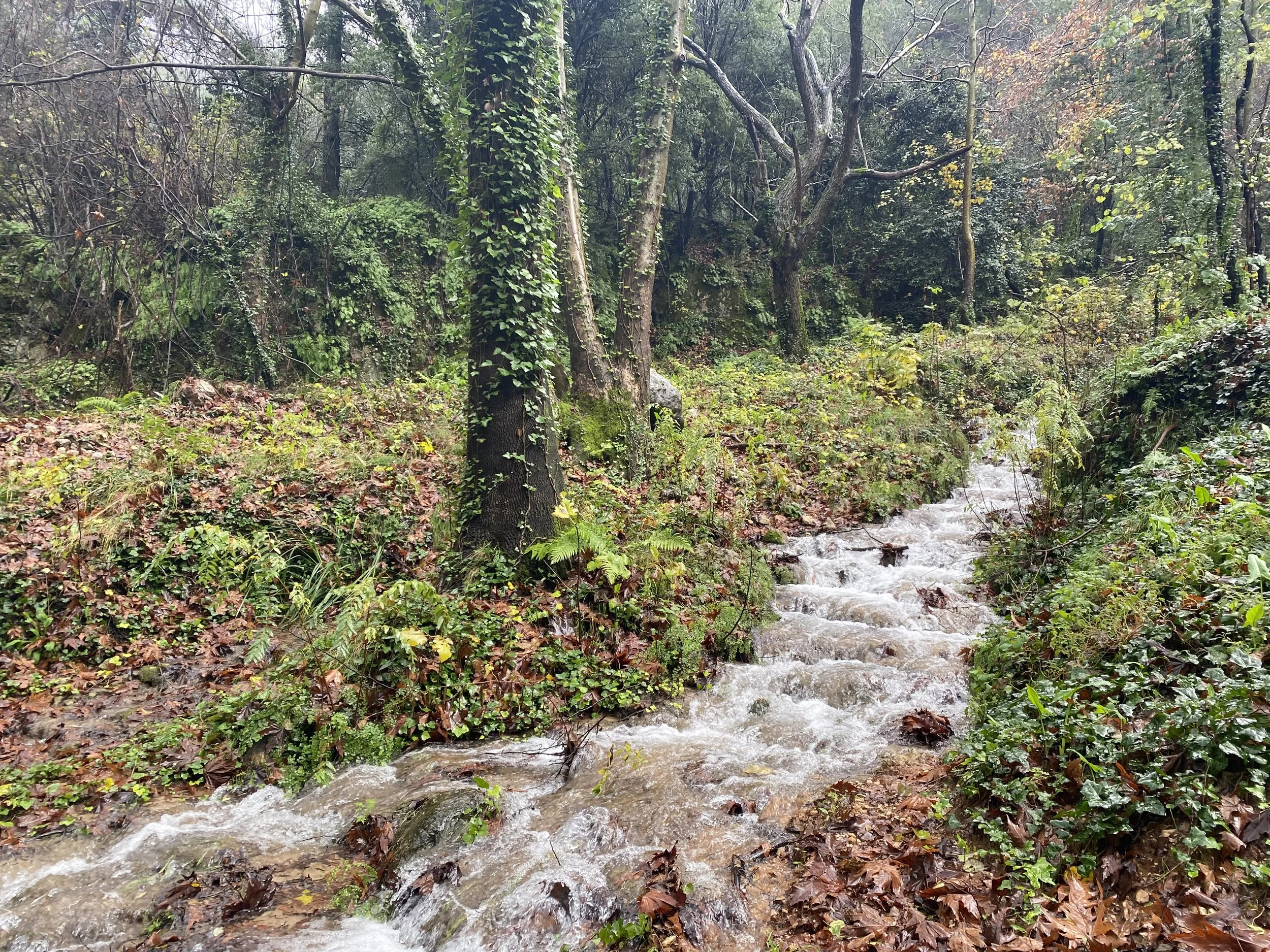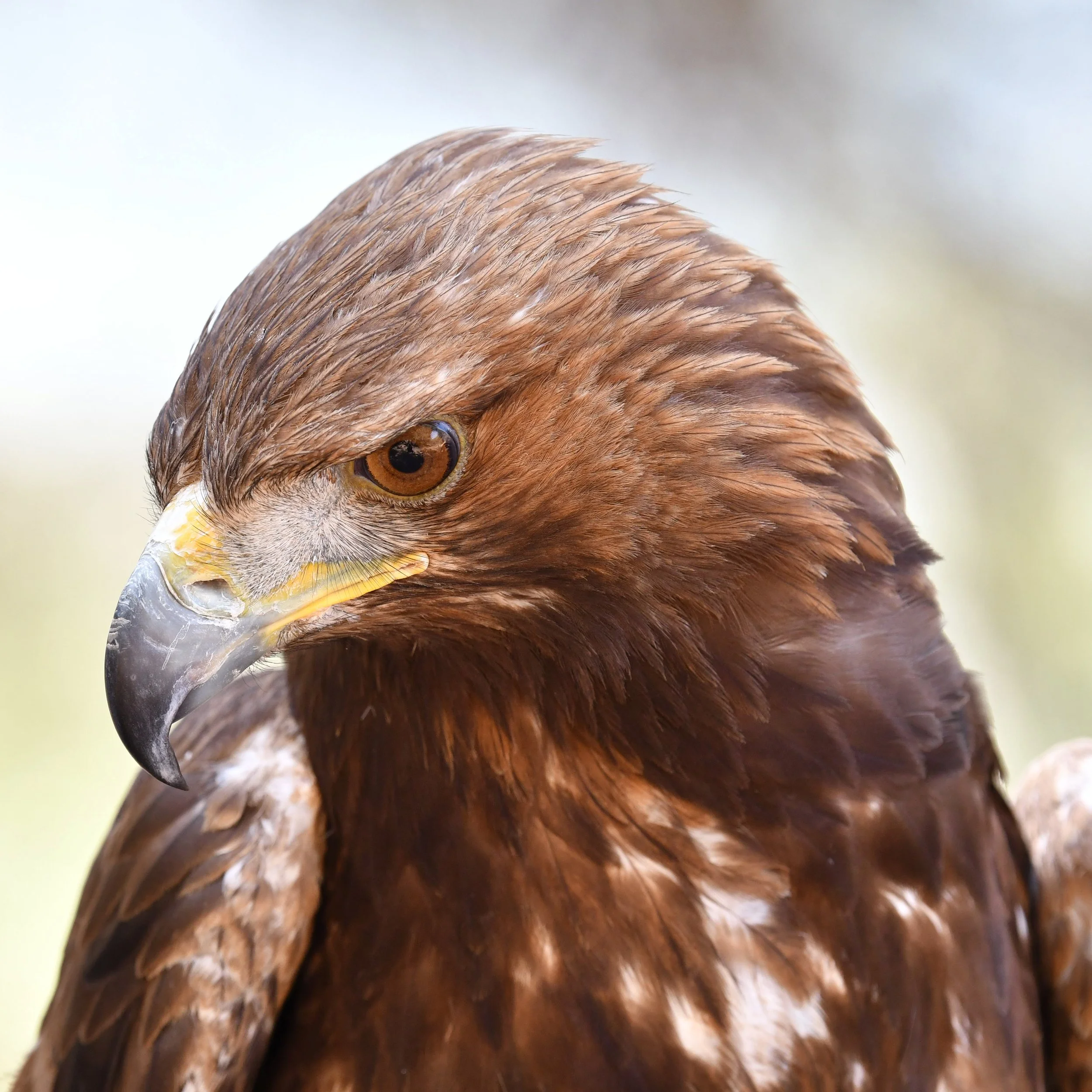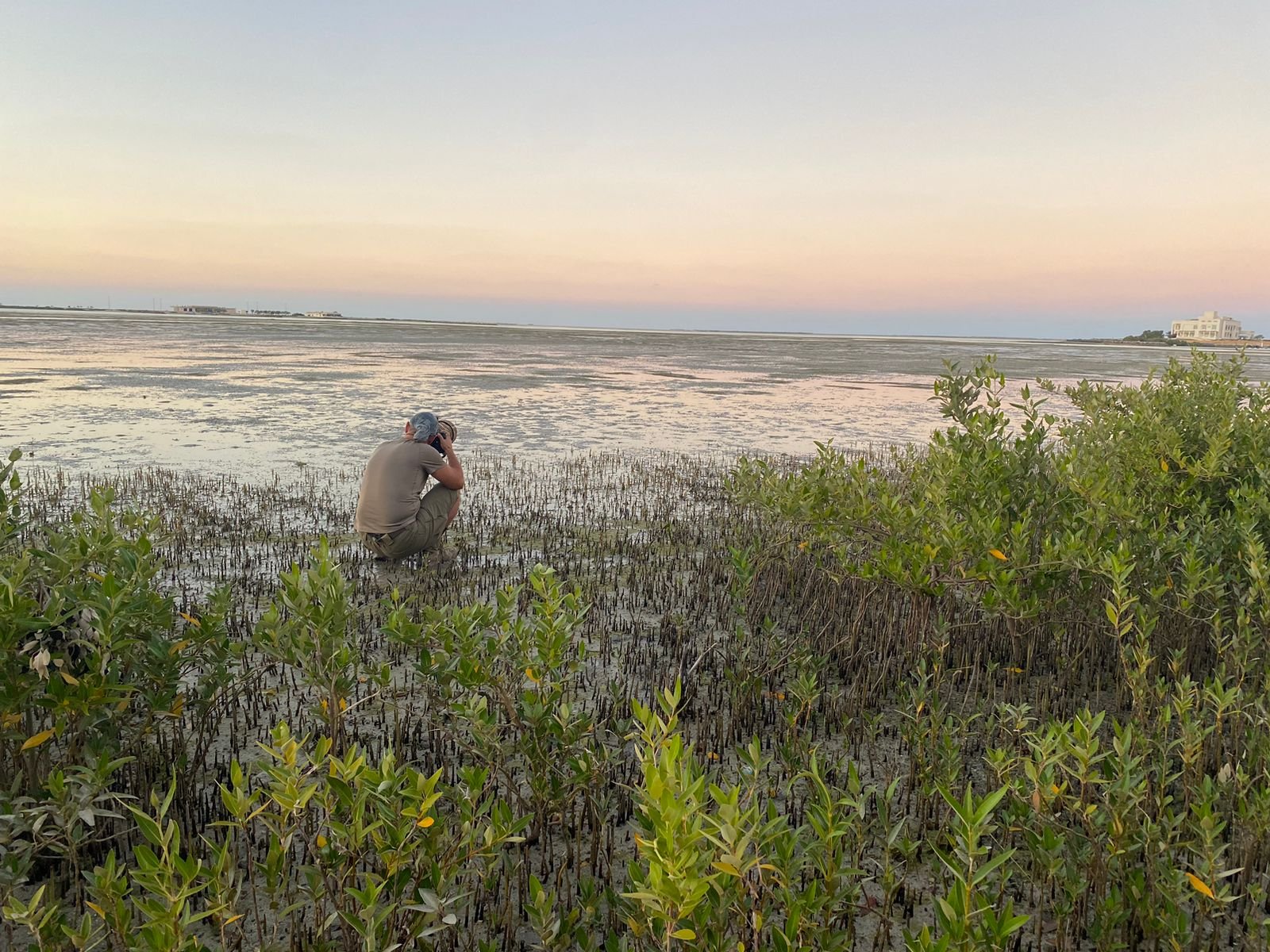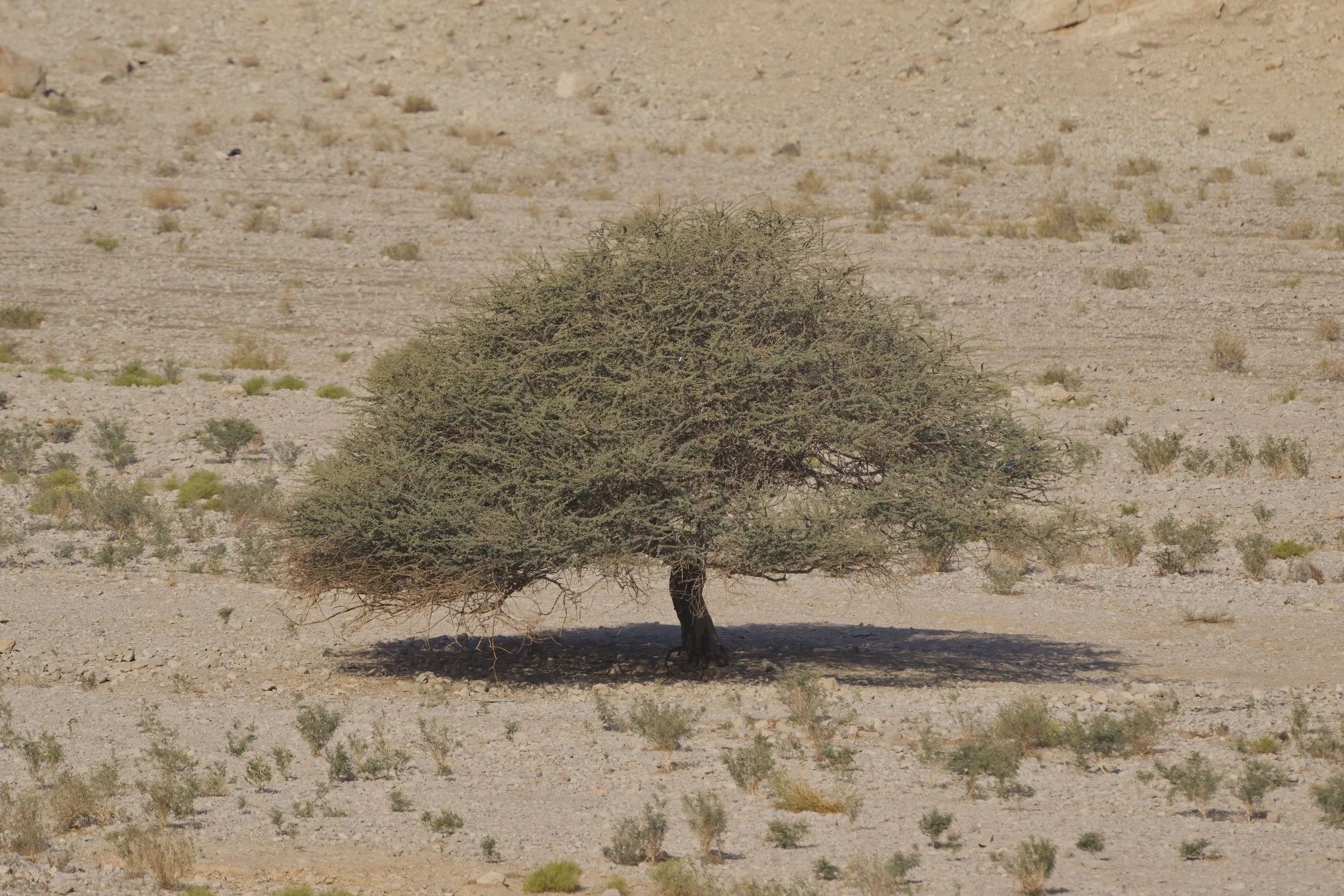Explore our visual guide designed to help you distinguish between similar-looking bird species. Featuring side-by-side photographic comparisons of various bird families—such as Herons, Kingfishers, and Sunbirds—from Lebanon and the UAE, this resource highlights key physical differences and similarities. Ideal for bird enthusiasts and wildlife photographers, it serves as an educational tool to improve bird identification and deepen understanding of these species in their natural habitats.
Photographic Field Guide to Middle Eastern Birds: Side-by-Side Comparisons of Species in Lebanon and the UAE
-
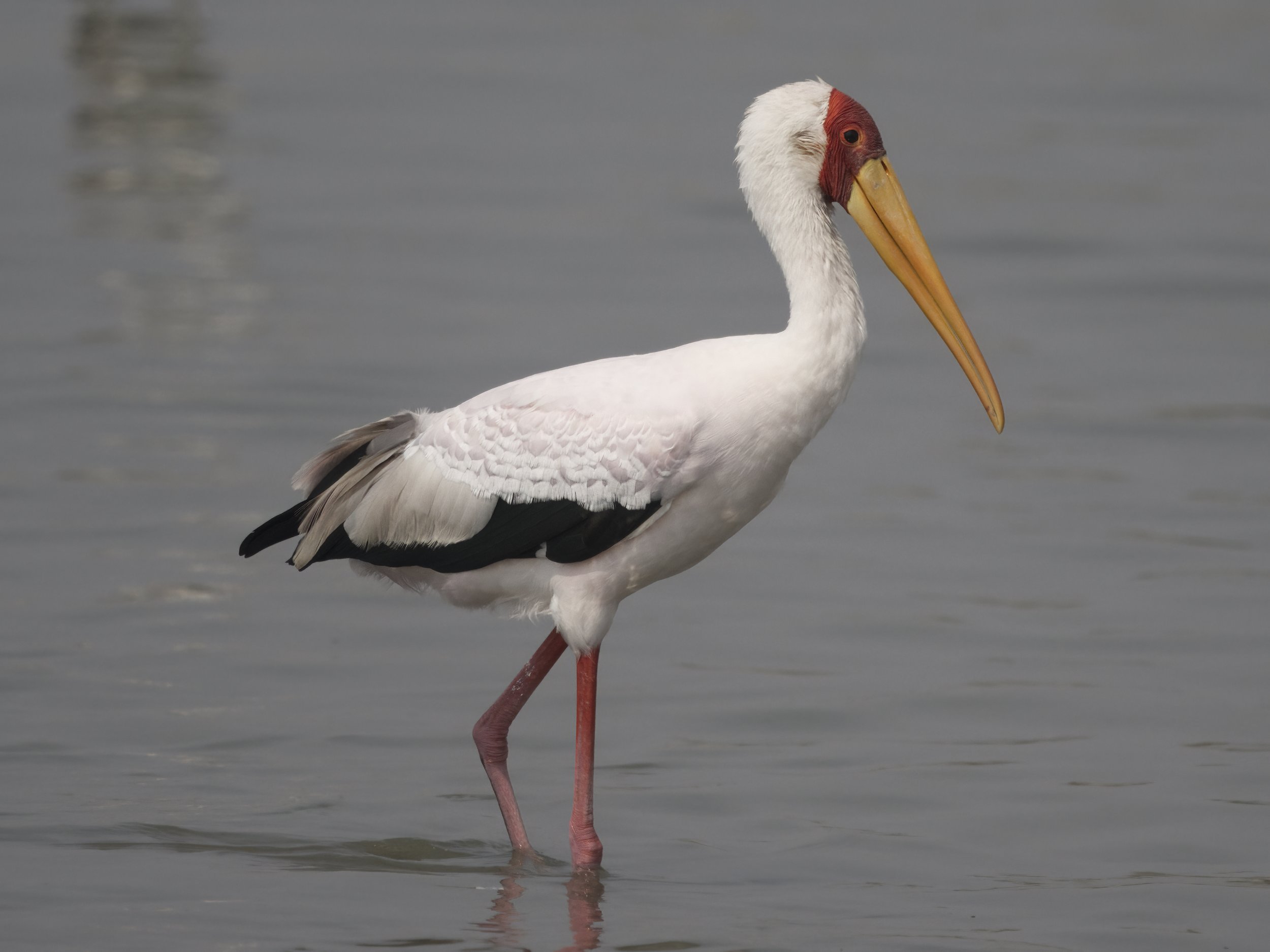
Yellow-billed Stork - UAE
The Yellow-billed Stork (Mycteria ibis) is a large wading bird native to sub-Saharan Africa and parts of Madagascar. It is distinguished by its long, bright yellow bill, white body with a pinkish tinge, and black flight feathers. These storks are often found near wetlands, lakes, and rivers, where they hunt for fish, frogs, and small aquatic animals, using their long bills to probe shallow waters. Social birds by nature, Yellow-billed Storks often nest in colonies, sometimes alongside other wading birds. Despite being widespread, they are sensitive to habitat loss due to wetland degradation.
Stork
-
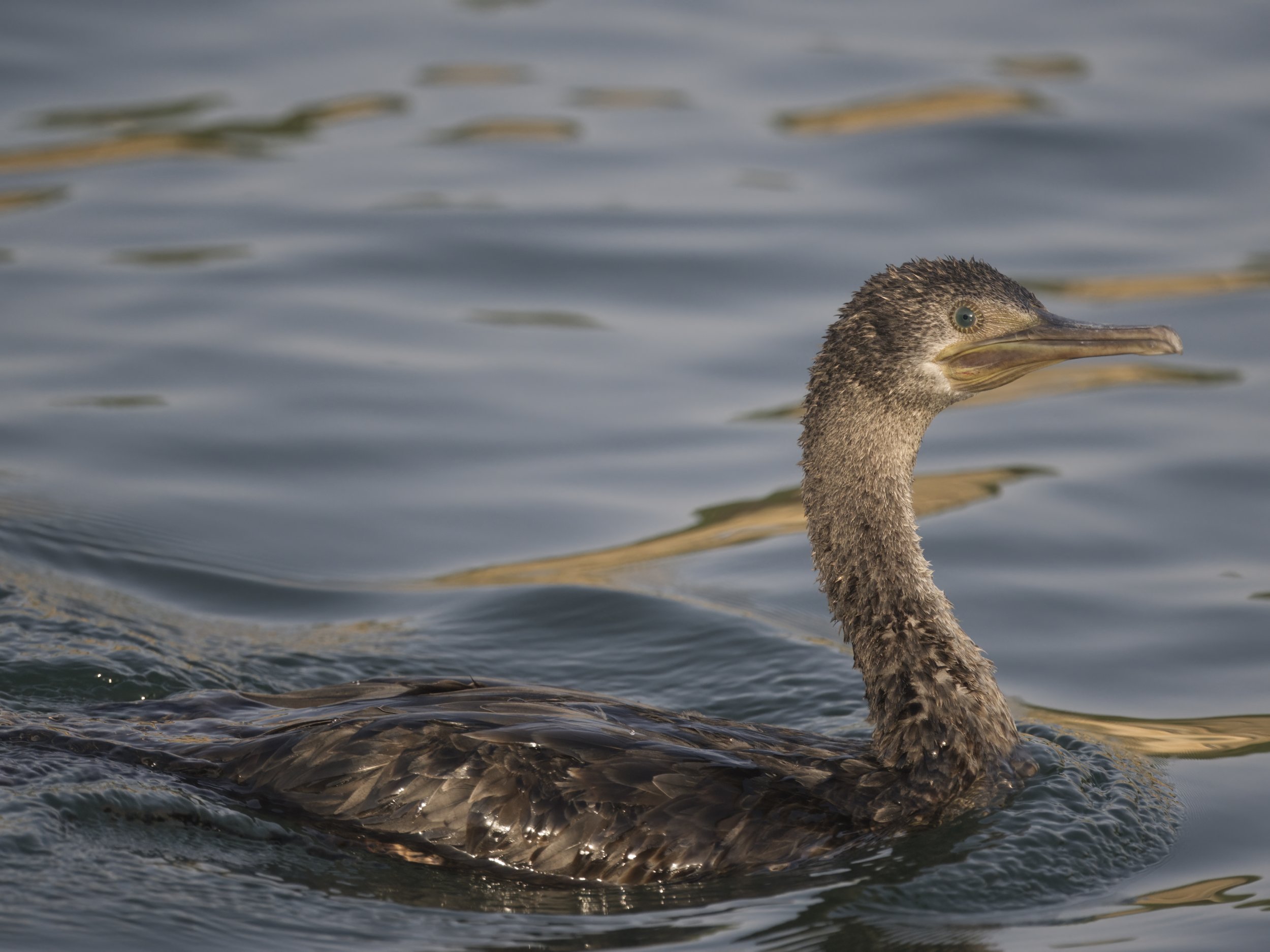
Socotra Cormorant - UAE
The Socotra Cormorant (Phalacrocorax nigrogularis) is a large, marine bird native to the coastal regions of the Arabian Peninsula, particularly around the Arabian Gulf and Socotra Island. It has a predominantly dark, almost black plumage with a greenish sheen and is known for its distinctive hooked bill. This species is highly social, forming large breeding colonies on islands. It feeds primarily on fish, diving into the water to hunt. The Socotra Cormorant is classified as vulnerable due to habitat loss and human disturbance in its breeding areas.
Cormorants
-
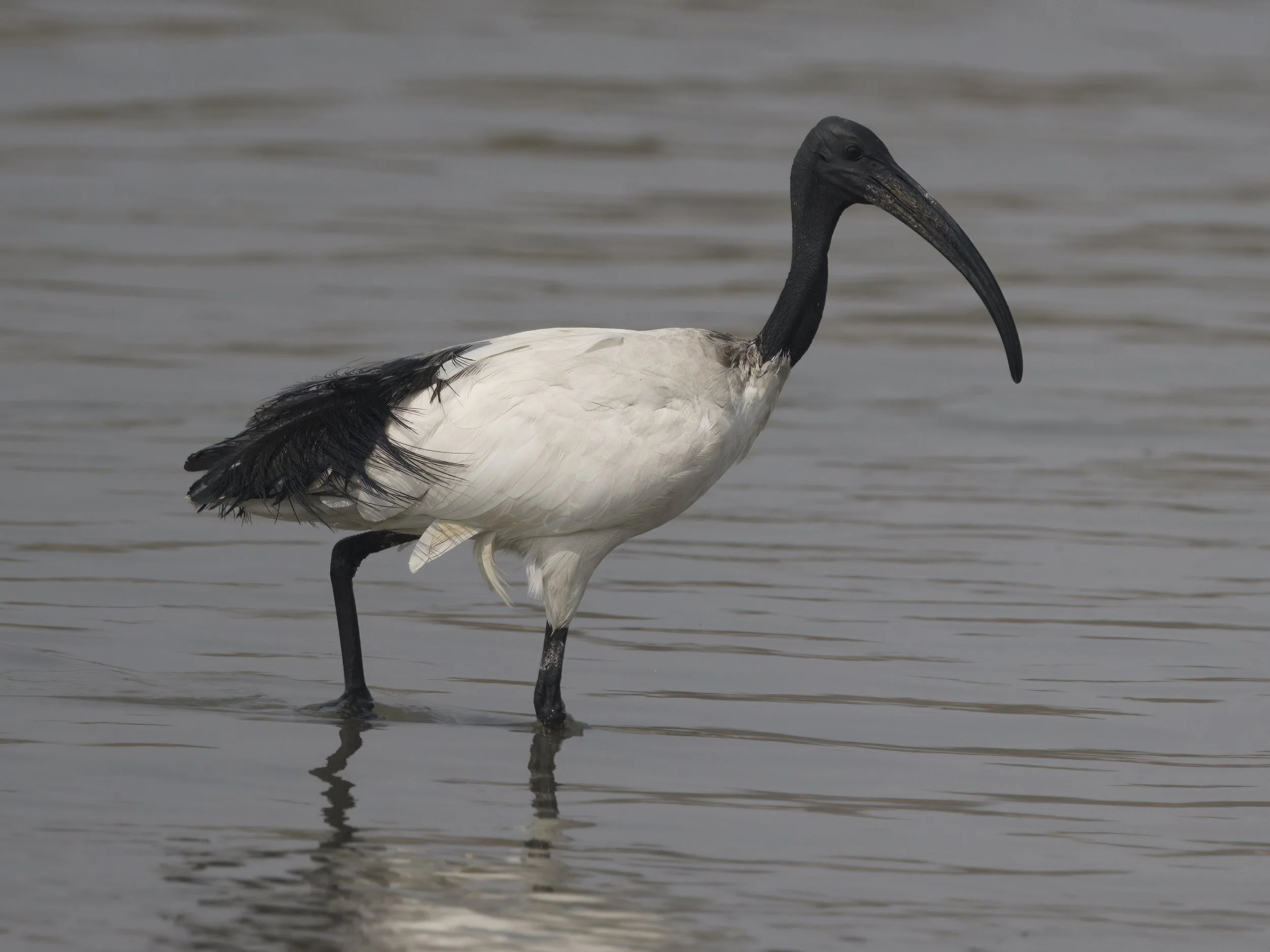
African Sacred Ibis - UAE
The African Sacred Ibis (Threskiornis aethiopicus) is a large wading bird native to sub-Saharan Africa and parts of the Middle East. It is easily recognized by its striking black and white plumage, long curved bill, and bare black head and neck. Historically revered in ancient Egypt, where it was considered sacred and often depicted in hieroglyphics, this bird thrives in wetlands, marshes, and riverbanks. The African Sacred Ibis feeds on fish, frogs, insects, and crustaceans, playing a key role in controlling pests in its ecosystem. However, in some regions where it has been introduced, it is considered invasive due to its impact on local species.
Ibis
-
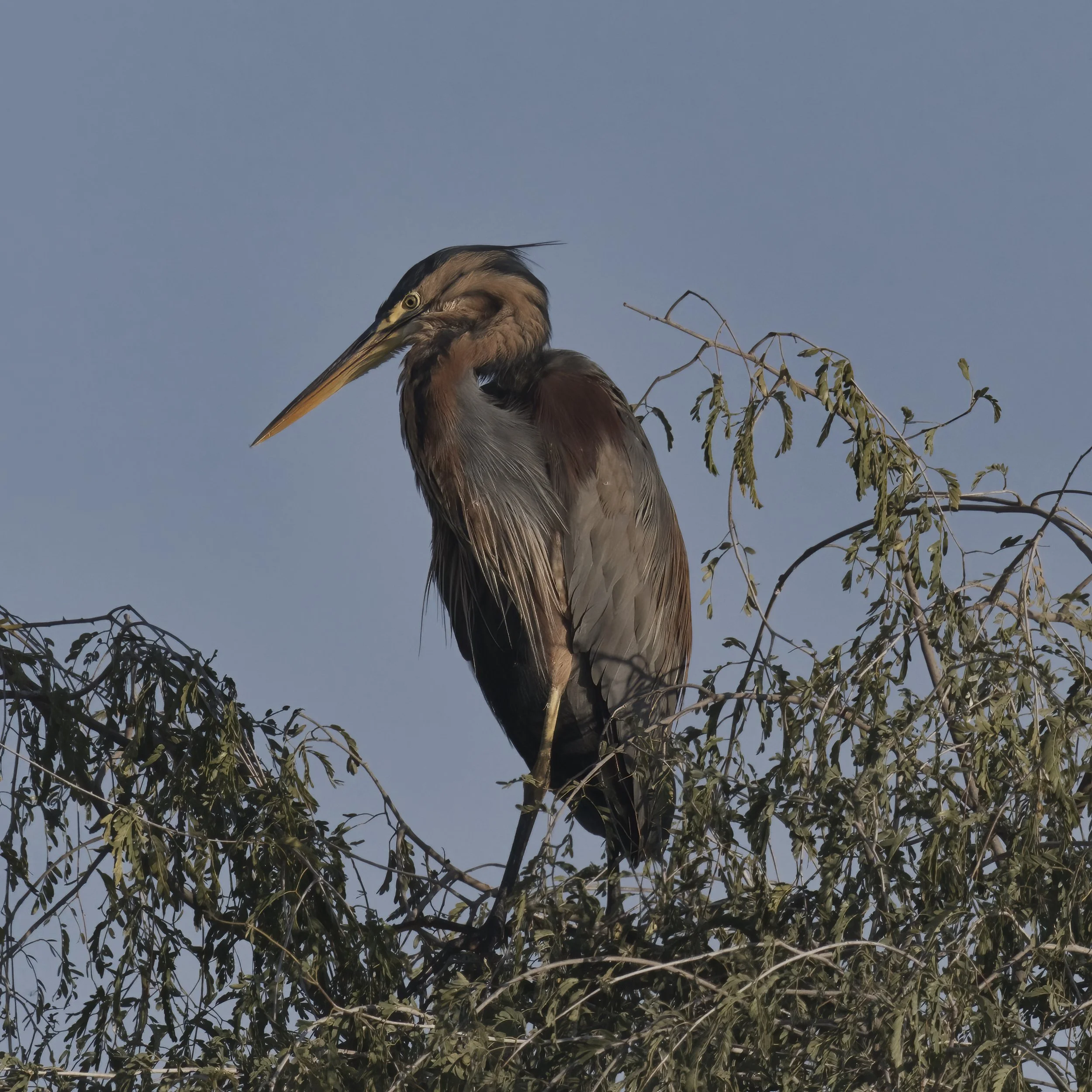
Purple Heron - UAE
Is a large, slender heron with striking plumage. Reddish-brown neck with a black streak running down the front, and the head features a dark crown and a long, pointed bill that is yellowish-brown. The upperparts are dark gray with a purplish-brown hue, and the underparts are a mix of chestnut and buff. The wings are dark with reddish-brown edges, and the long legs are yellowish, ideal for wading through wetlands. Its overall appearance is more slender and elongated compared to other herons.
Herons
-
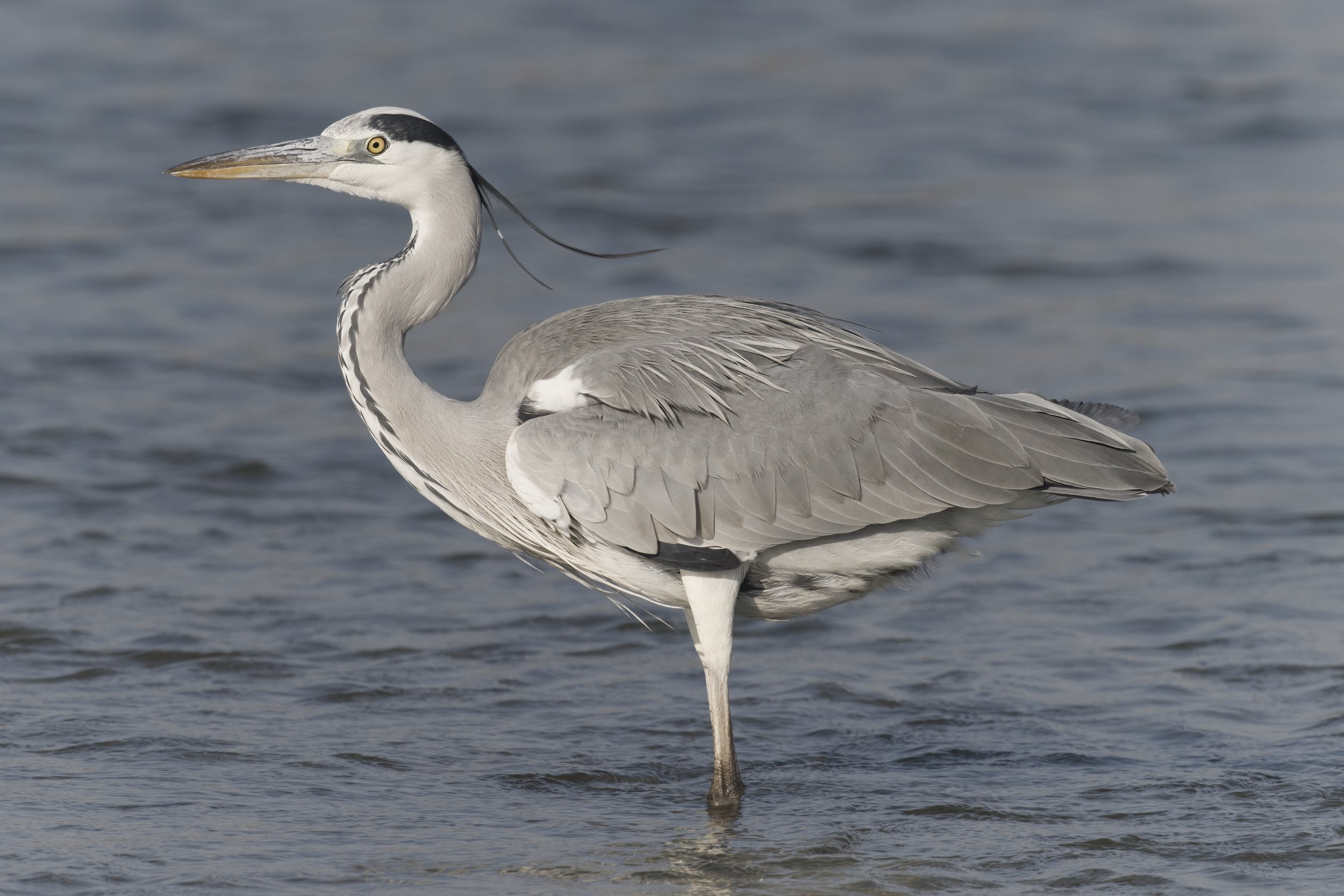
Grey Heron - UAE
The Grey Heron (Ardea cinerea) is a large, elegant wading bird. It has a predominantly gray body with a long, slender neck and a white face. A distinctive black stripe runs from above the eye to the back of the head, ending in long black plumes. The bill is long, sharp, and yellow, ideal for catching fish. Its wings are broad and gray, with black wingtips, and the legs are long and yellowish, perfect for wading through shallow waters. The overall appearance is graceful and statuesque.
Herons
-
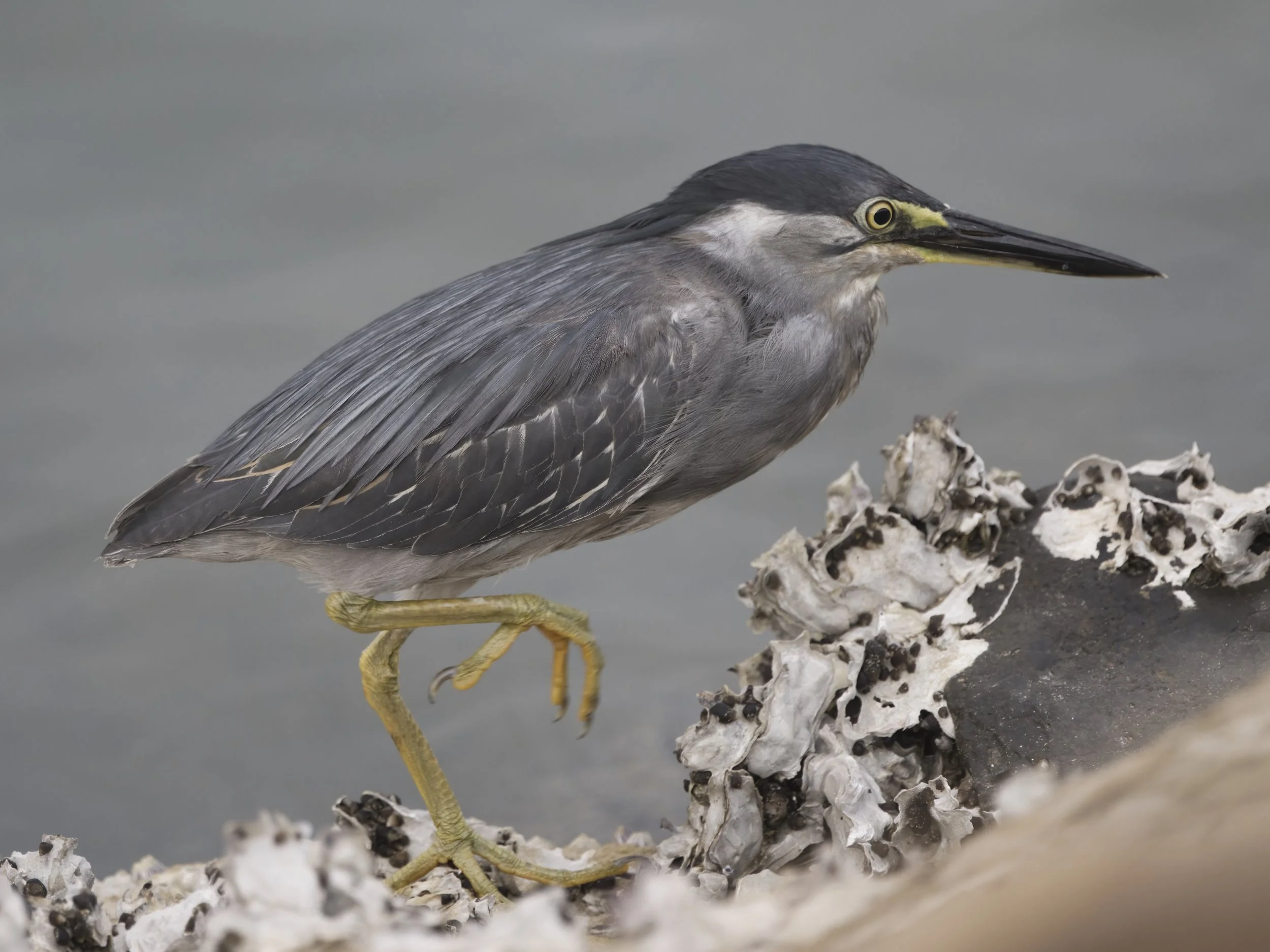
Striated Heron - UAE
The Striated Heron is a small, stocky heron with a compact build. It has a dark gray crown and a black cap, with a short, thick neck. The back and wings are bluish-gray, while the underparts are pale gray to white. It has a short, sharp, dark-colored bill, and its legs are yellowish to greenish, with long toes adapted for wading. The eyes are bright yellow, adding to its sharp, alert appearance.
Herons
-
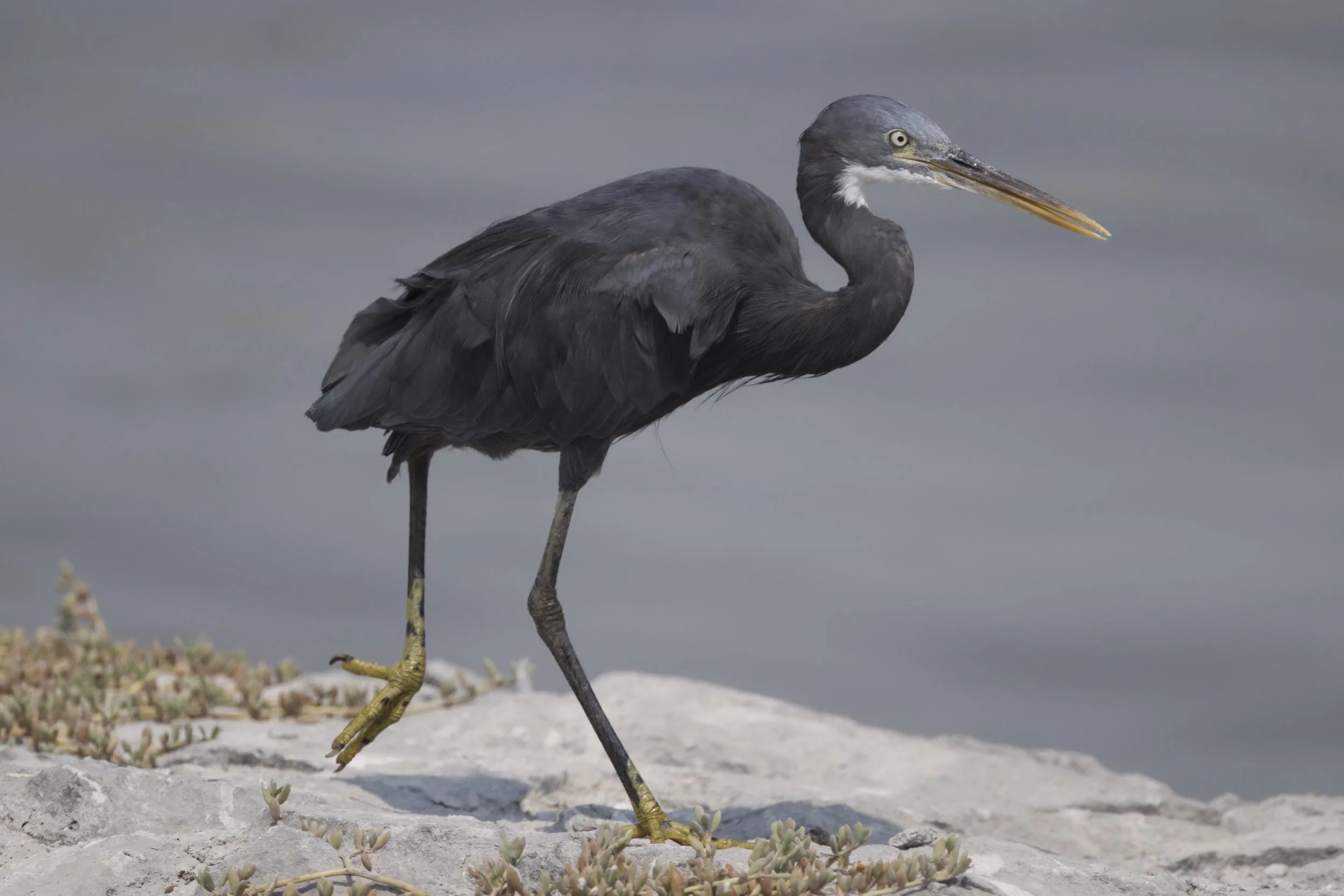
Western Reef Heron - UAE
A medium-sized heron comes in two main color morphs: Dark Morph: The bird has a uniform slate-gray body with a dark gray head, neck, and wings. The bill is long, slender, and dark, often appearing black. The legs are black, and the feet are yellowish.White Morph: The bird is entirely white with the same long, slender dark bill. The legs remain black, and the feet are yellow.In both morphs, the Western Reef Heron has a long, sharp bill and a slightly hunched posture.
Herons
-
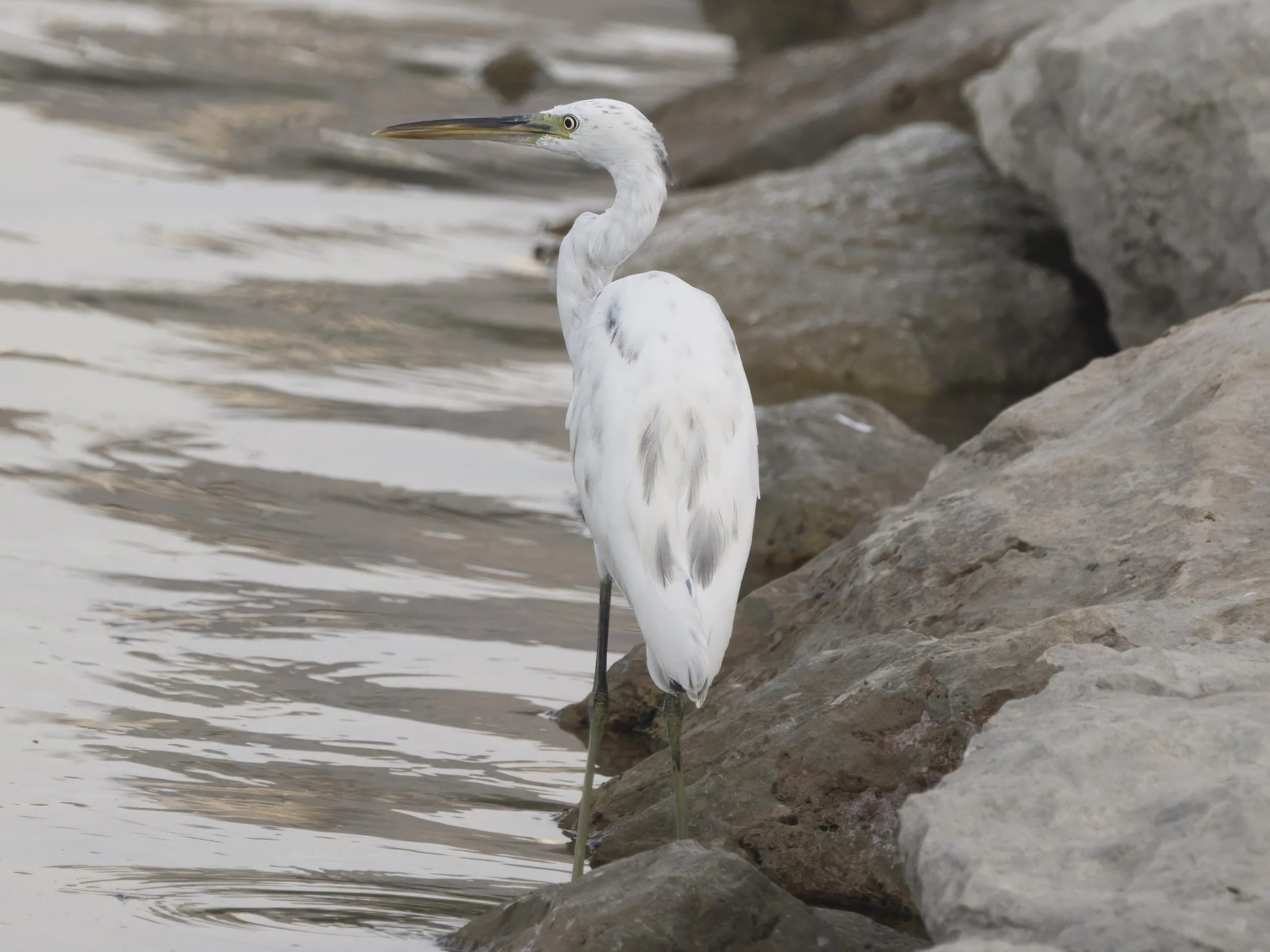
Western Reef Heron - UAE
A medium-sized heron comes in two main color morphs: Dark Morph: The bird has a uniform slate-gray body with a dark gray head, neck, and wings. The bill is long, slender, and dark, often appearing black. The legs are black, and the feet are yellowish.White Morph: The bird is entirely white with the same long, slender dark bill. The legs remain black, and the feet are yellow.In both morphs, the Western Reef Heron has a long, sharp bill and a slightly hunched posture.
Herons
-
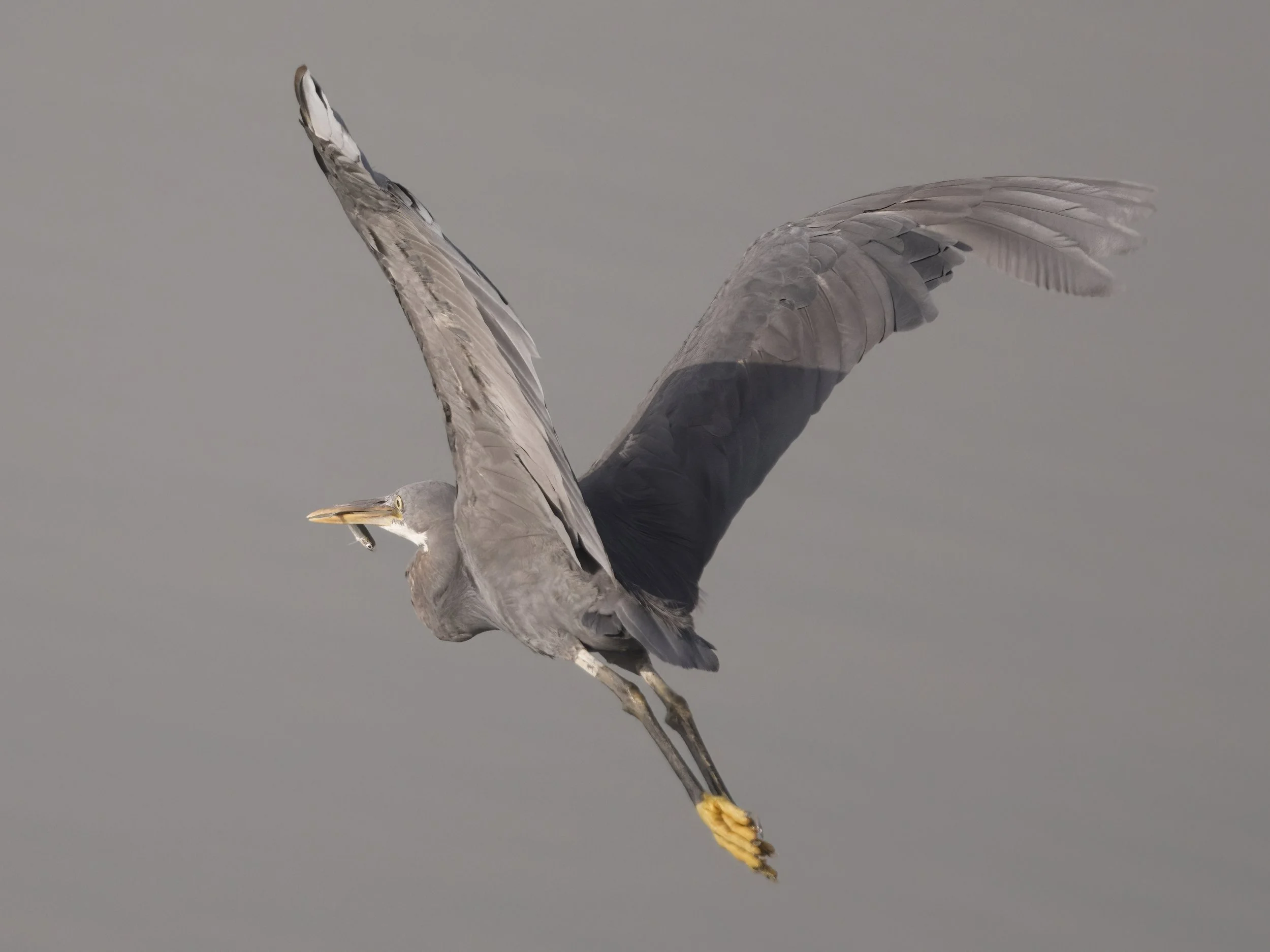
Western Reef Heron - UAE
A medium-sized heron comes in two main color morphs: Dark Morph: The bird has a uniform slate-gray body with a dark gray head, neck, and wings. The bill is long, slender, and dark, often appearing black. The legs are black, and the feet are yellowish.White Morph: The bird is entirely white with the same long, slender dark bill. The legs remain black, and the feet are yellow.In both morphs, the Western Reef Heron has a long, sharp bill and a slightly hunched posture.
Herons
-
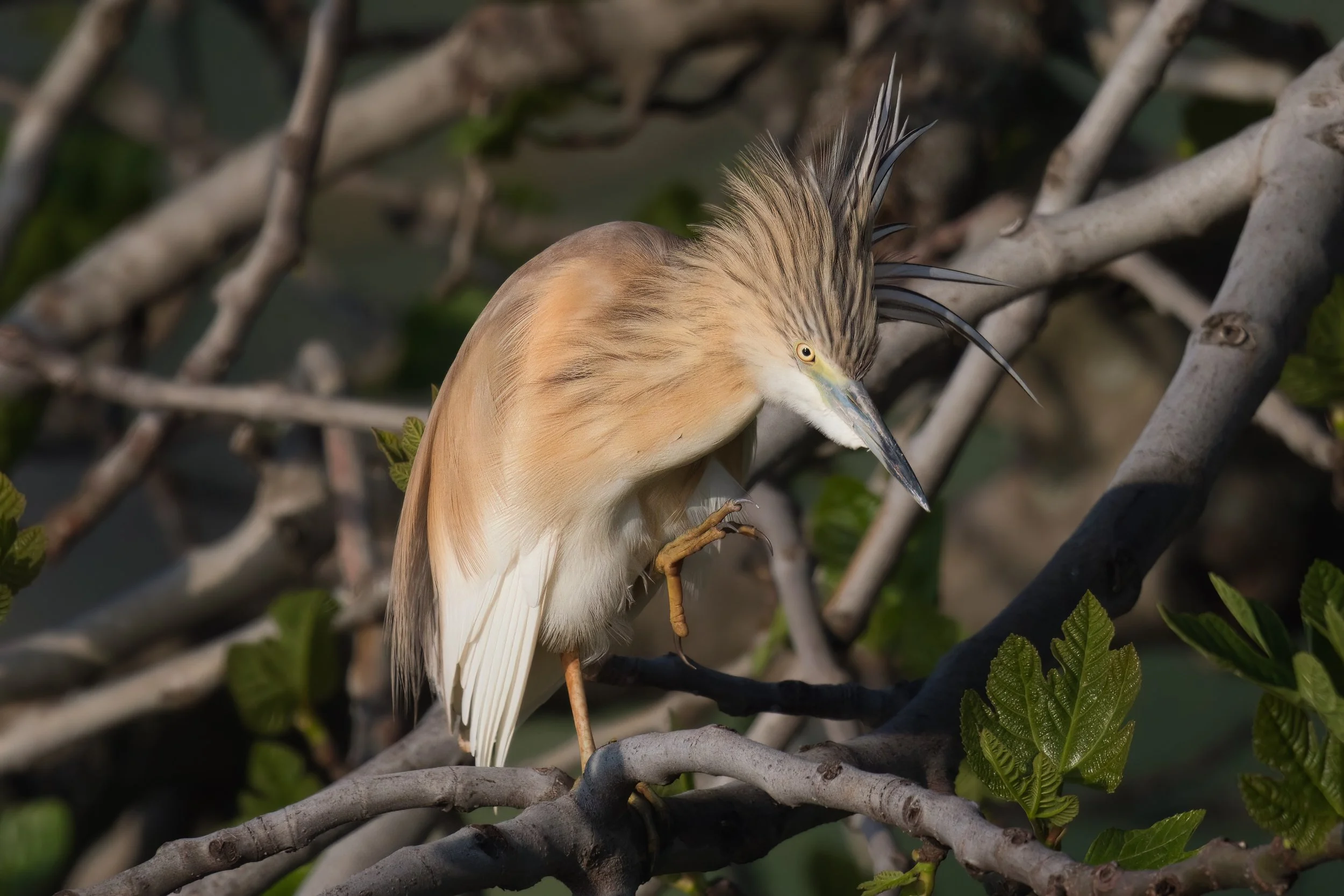
Squacco Heron - Lebanon
A small, stocky heron with distinctive plumage. It has a buff-brown body with a creamy-white face, neck, and chest. During the breeding season, the neck feathers become elongated, forming a soft crest. The wings are white. The bill is short and pointed, bluish at the base, with a dark tip, and the legs are greenish-yellow. Its overall appearance is compact.
Herons
-
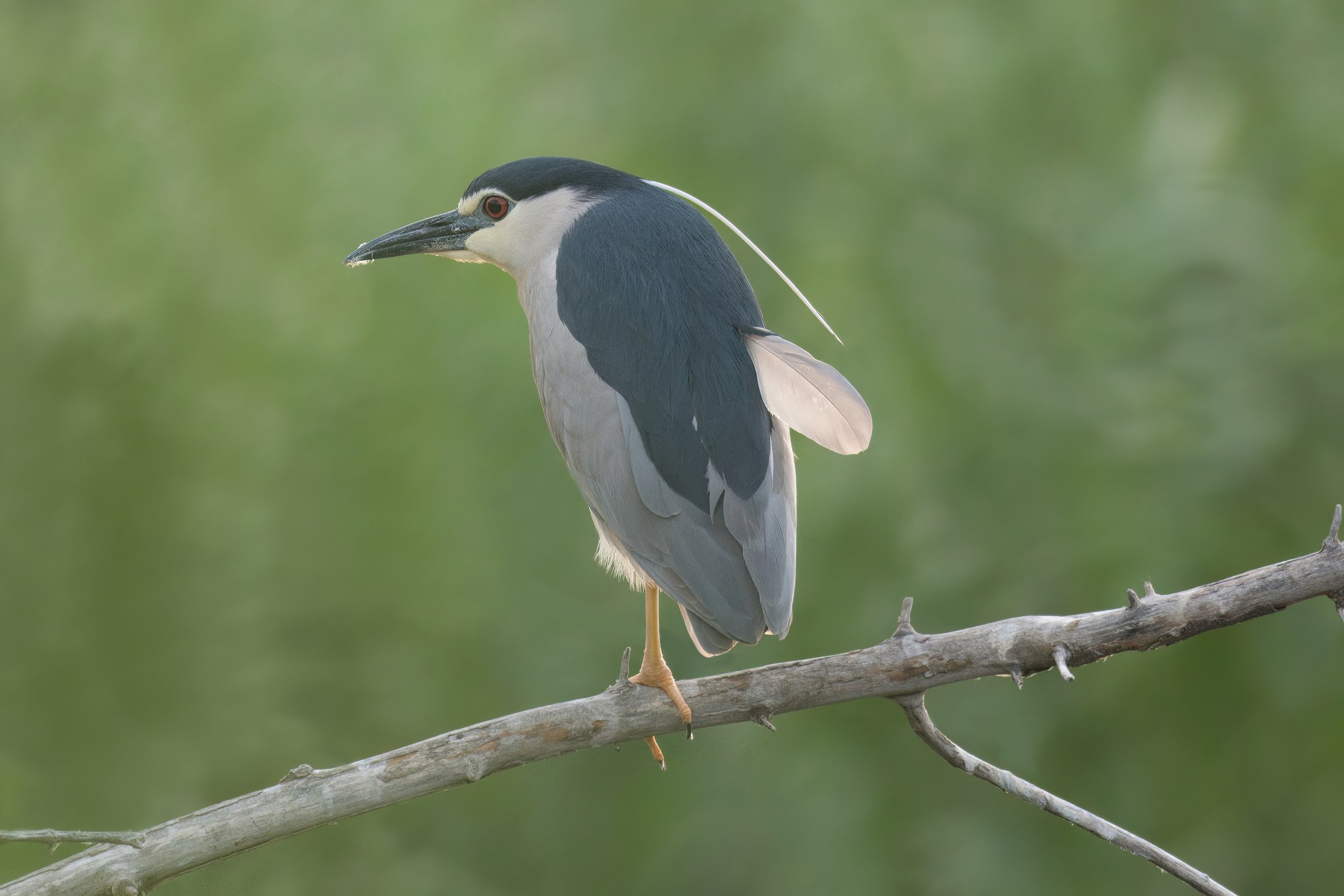
Black-crowned Night Heron - Lebanon
Is a medium-sized, stocky heron with a distinct, compact build. It has a black crown and back, with gray wings and a white to pale gray underbody. The eyes are large and red. The bill is short, thick, and black, well-suited for its nocturnal hunting habits. The legs are yellowish-green. Its overall appearance is robust, with a short neck and a somewhat hunched posture when at rest.
Herons
-

Common Kingfisher - Lebanon
(Alcedo atthis) is a small, vibrant bird known for its striking colors. It has a bright, iridescent blue back and wings, with a similarly vibrant blue cap on its head. The underparts are rich orange, and it has a white throat and neck patch. Its bill is long, straight, and black, perfect for catching fish. The legs and feet are bright red. The overall appearance is compact, with a short tail and a large head in proportion to its body, giving it a distinctive, eye-catching look.
Kingfishers


